-
Introduction to Monsoon in Rajasthan
Rajasthan, a land renowned for its vast deserts and scorching summers, undergoes a magical transformation during the monsoon season. The typically arid landscapes bloom with greenery, the air becomes cooler, and the skies paint themselves in ever-changing hues of gray and blue. Monsoon in Rajasthan is not just about rain but a rejuvenation of life, making it an ideal time for photographers to capture the state in a different light.
1.1. Overview of Rajasthan’s Climate
Rajasthan is known for its extreme weather conditions, ranging from the blistering heat of summer to the dry, cold winters. The arrival of the monsoon, typically between July and September, brings relief to the parched land. The rain is sporadic but often heavy, filling lakes, reviving rivers, and turning the barren land into a photographer’s paradise.
1.2. Monsoon Season: Timing and Duration
The monsoon in Rajasthan usually begins in early July and lasts until mid-September. This brief period is marked by intermittent rainfall, which is enough to wash away the dust and bring out the vibrant colors of the state’s landscapes and architecture. This season is ideal for capturing the contrast between the wet and dry, the old and the new.
1.3. Why Monsoon is Special in Rajasthan for Photography
Monsoon in Rajasthan offers a unique blend of natural beauty, cultural festivities, and architectural splendor. The landscapes are lush and green, the monuments look more majestic against the cloudy skies, and the reflections in water bodies add a magical touch to photographs. Whether it’s the golden sands of Jaisalmer or the lakes of Udaipur, every corner of Rajasthan tells a different story during the monsoon.
-
The Unique Appeal of Monsoon Photography in Rajasthan
Rajasthan’s monsoon season brings out the best in its scenic and cultural landscape, making it a treasure trove for photographers.
2.1. Transformation of Landscapes
Rajasthan’s landscapes, known for their stark and barren beauty, undergo a dramatic transformation during the monsoon. The usually dry and cracked earth is covered with a layer of fresh green, and the hills and valleys come alive with vibrant foliage. The dramatic skies and lush greenery create stunning contrasts that are a photographer’s dream.
2.2. Play of Light and Shadow
The monsoon season in Rajasthan offers unique lighting conditions that are perfect for photography. The interplay of sunlight filtering through clouds, casting shadows over the rolling landscapes and ancient forts, adds depth and dimension to photographs. The softer light during this season also enhances the colors of Rajasthan’s vibrant architecture.
2.3. Cultural Festivities During Monsoon
Monsoon is also the time when many cultural festivals take place in Rajasthan. Events like the Teej festival in Jaipur and the Kajli Teej in Bundi provide photographers with opportunities to capture the colorful and lively spirit of Rajasthan’s culture against the backdrop of the monsoon rains.
-
Udaipur: The City of Lakes
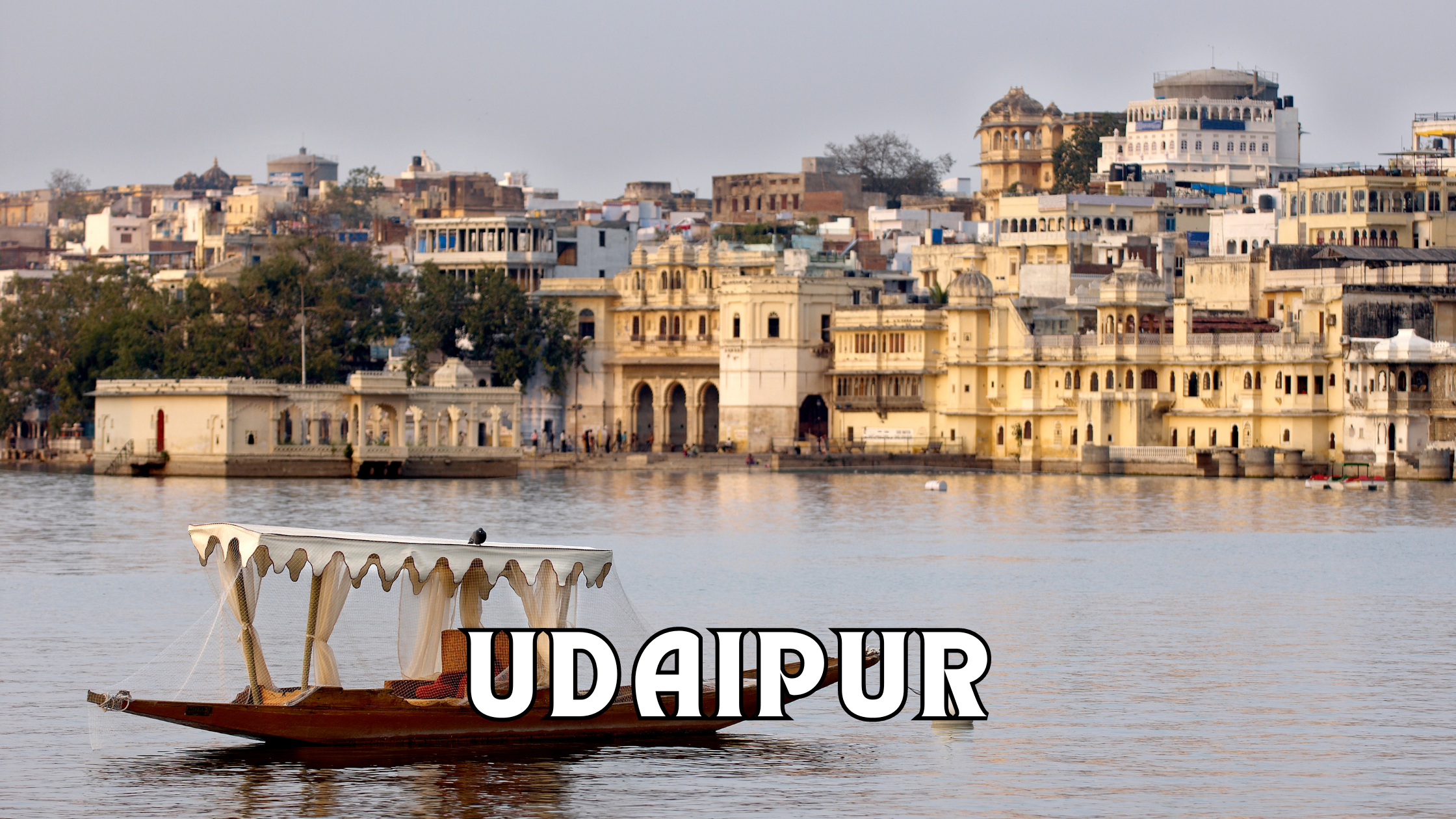
Udaipur, often referred to as the “Venice of the East,” becomes even more picturesque during the monsoon. The city’s lakes are filled to the brim, and the surrounding Aravalli hills are lush and green.
3.1. Pichola Lake and the Monsoon Palace
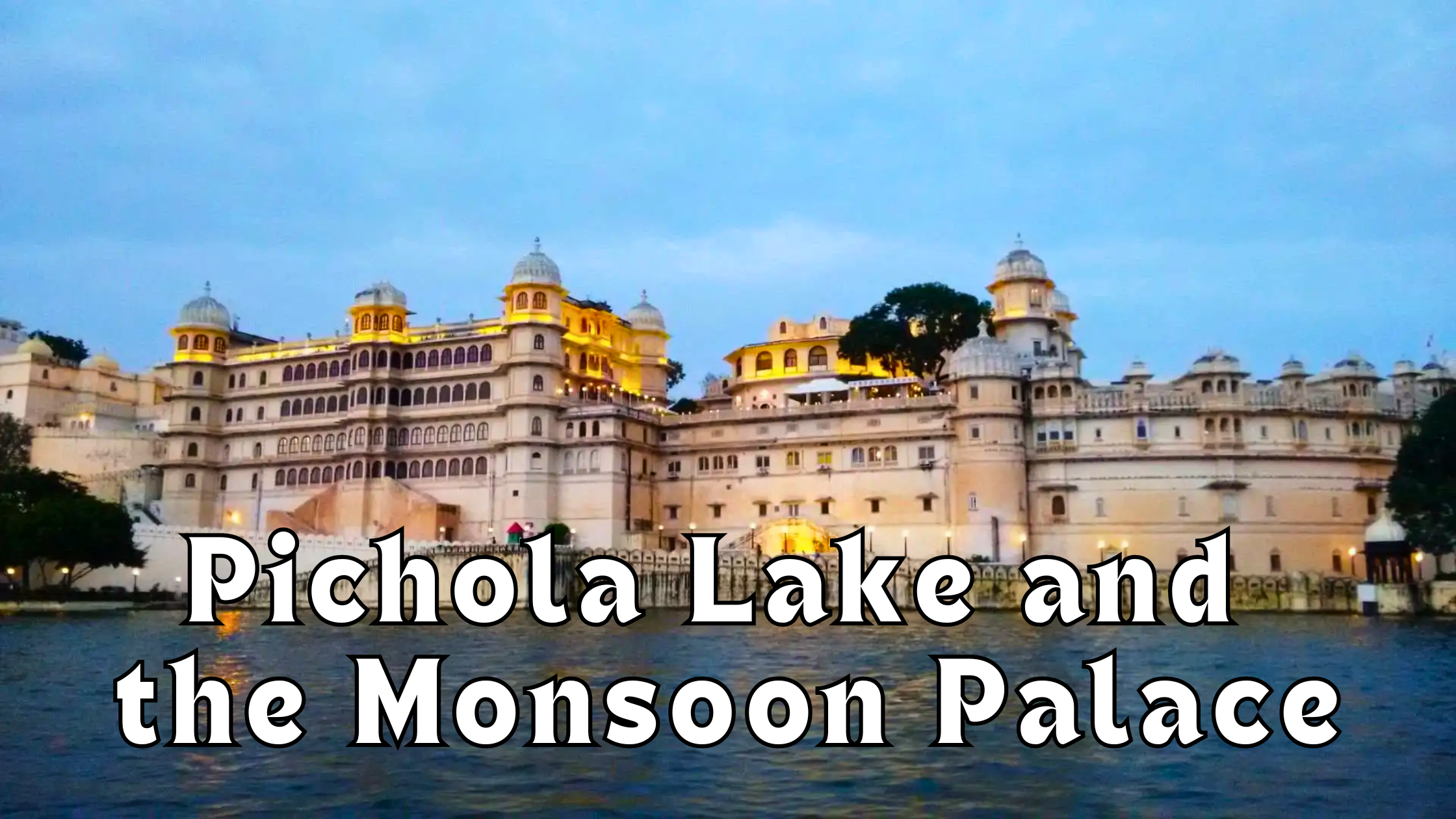
Pichola Lake is one of the most iconic locations in Udaipur. During the monsoon, the lake is at its fullest, offering perfect reflections of the City Palace, the Lake Palace, and the surrounding hills. The Monsoon Palace, perched on a hill overlooking the lake, provides a panoramic view of the city and its water bodies, making it an ideal spot for capturing the essence of Udaipur in the rains.
3.2. Fateh Sagar Lake and Aravalli Hills
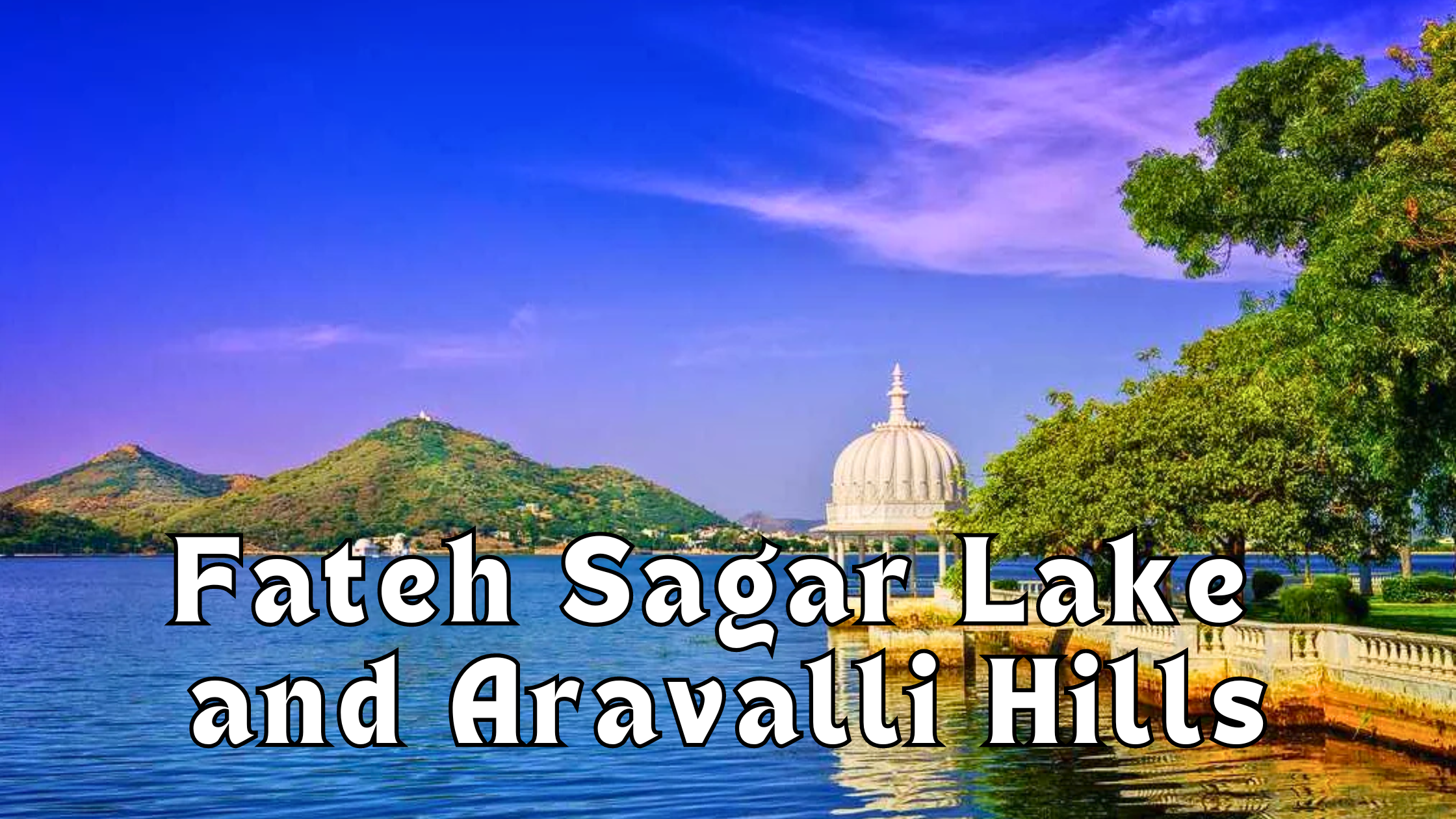
Fateh Sagar Lake, another popular spot in Udaipur, is surrounded by the Aravalli hills, which are covered in greenery during the monsoon. The sight of the rain-soaked hills reflected in the tranquil waters of the lake is a sight to behold and a must-capture for photographers.
3.3. Saheliyon Ki Bari in Monsoon
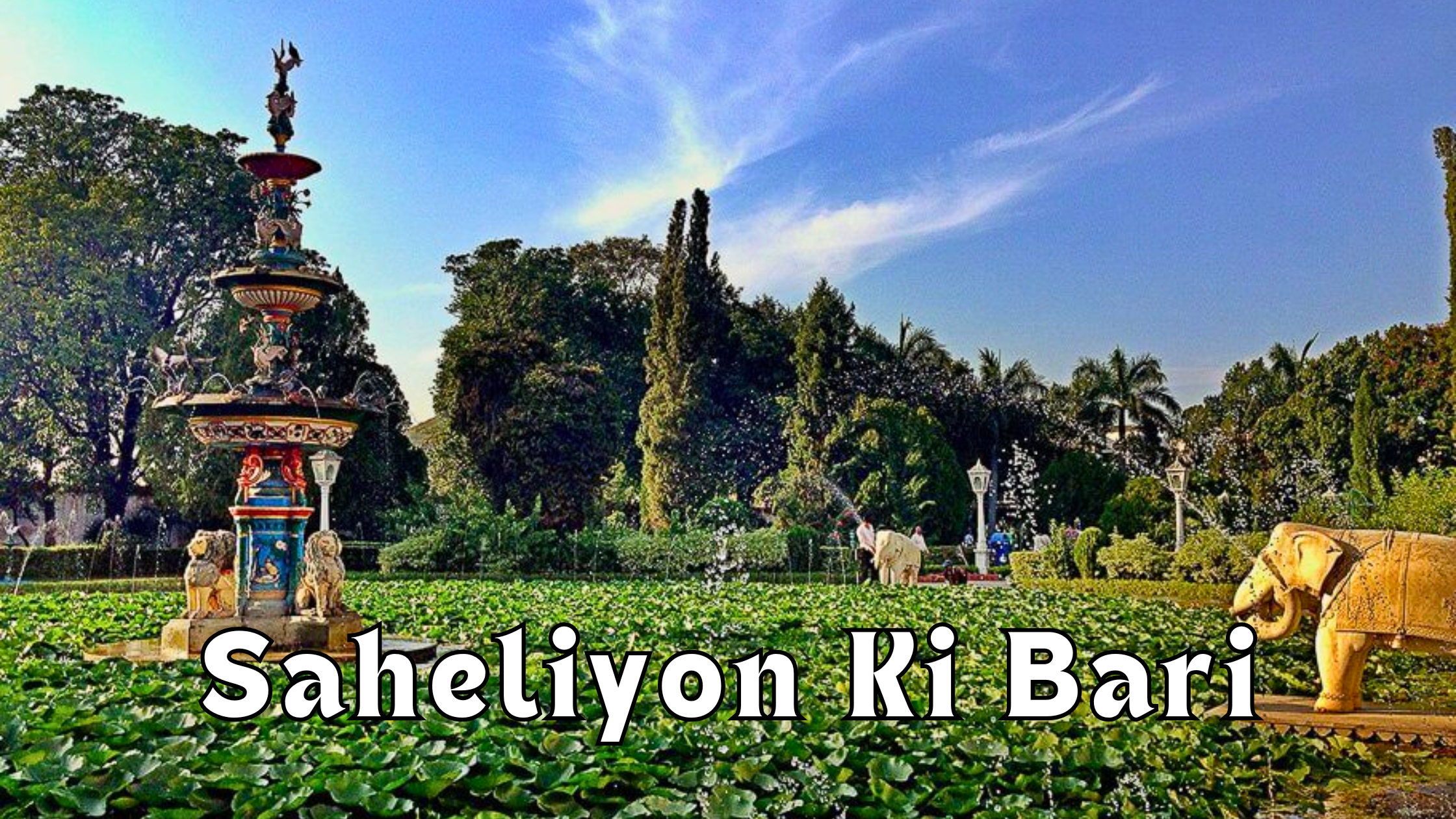
Saheliyon Ki Bari, a historic garden in Udaipur, comes alive with the sound of rain and the sight of lush greenery. The garden, with its fountains, kiosks, marble elephants, and lotus pool, offers numerous opportunities for macro and landscape photography during the monsoon.
-
Jaisalmer: The Golden City in the Rain
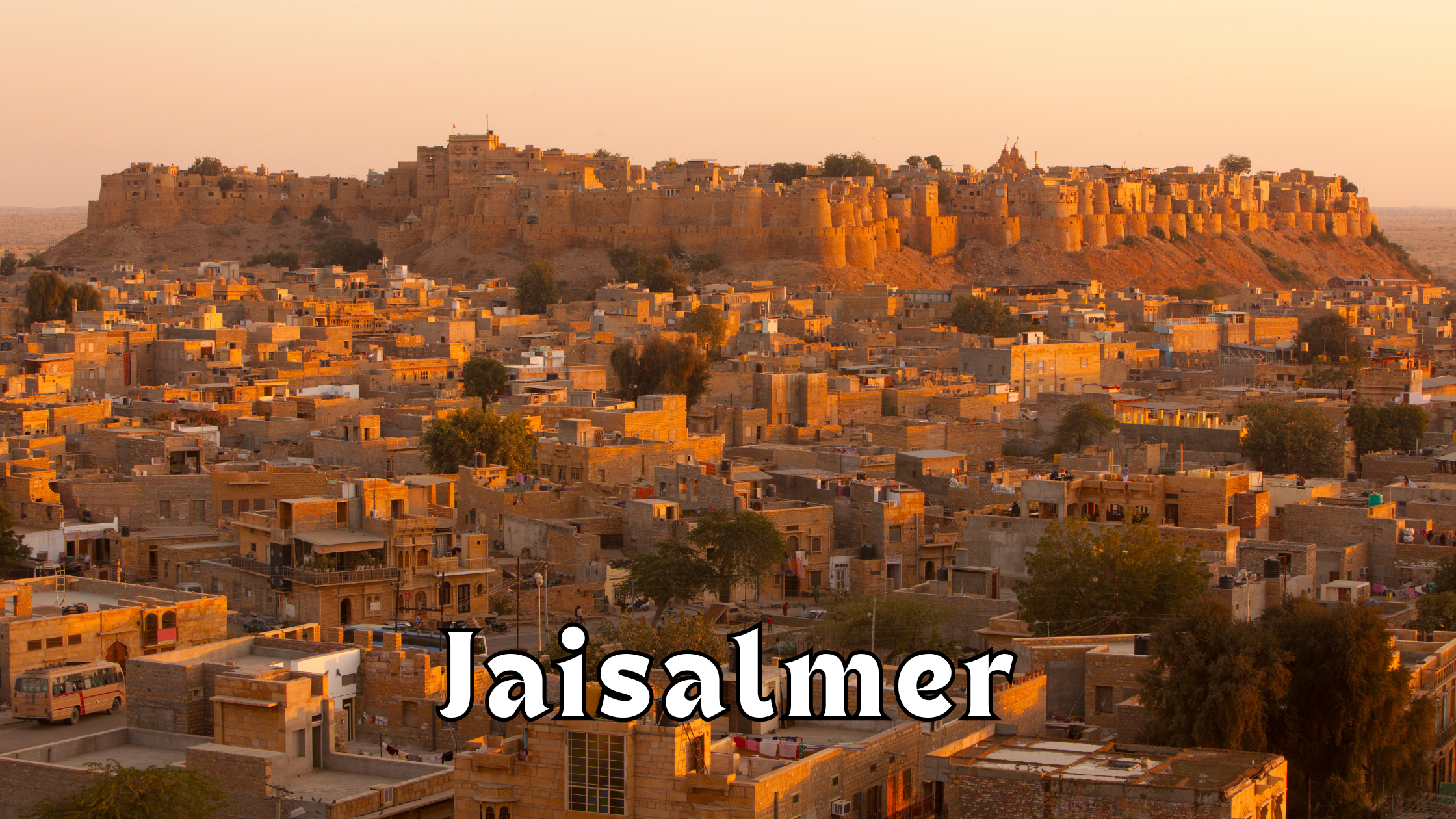
Jaisalmer, known as the Golden City, is famous for its yellow sandstone architecture that glows golden under the desert sun. But during the monsoon, this city offers a rare and stunning visual treat.
4.1. Jaisalmer Fort and the Changing Hues
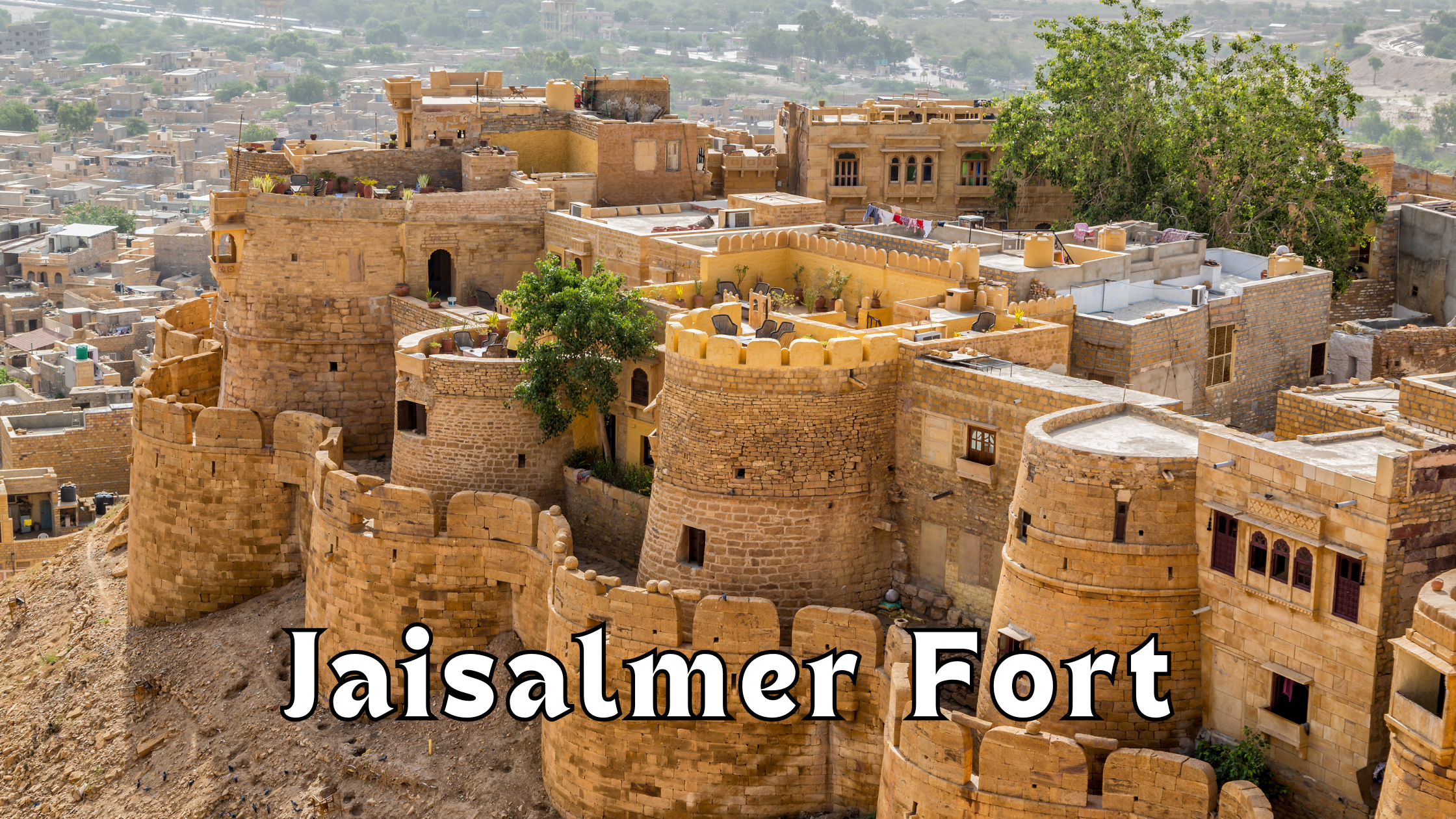
The Jaisalmer Fort, a UNESCO World Heritage site, is a massive sandcastle rising from the golden sands of the Thar Desert. During the monsoon, the fort takes on a different hue, with the wet sandstone shimmering under the cloudy skies, providing a dramatic backdrop for photography.
4.2. Gadisar Lake: Reflections and Serenity

Gadisar Lake, an artificial lake built in the 14th century, is surrounded by temples and ghats. The monsoon fills the lake, and the reflections of the structures in the still waters make for mesmerizing photographs. The early morning mist over the lake during the monsoon adds an element of mystery and serenity.
4.3. Sam Sand Dunes: A Rare Sight in Monsoon
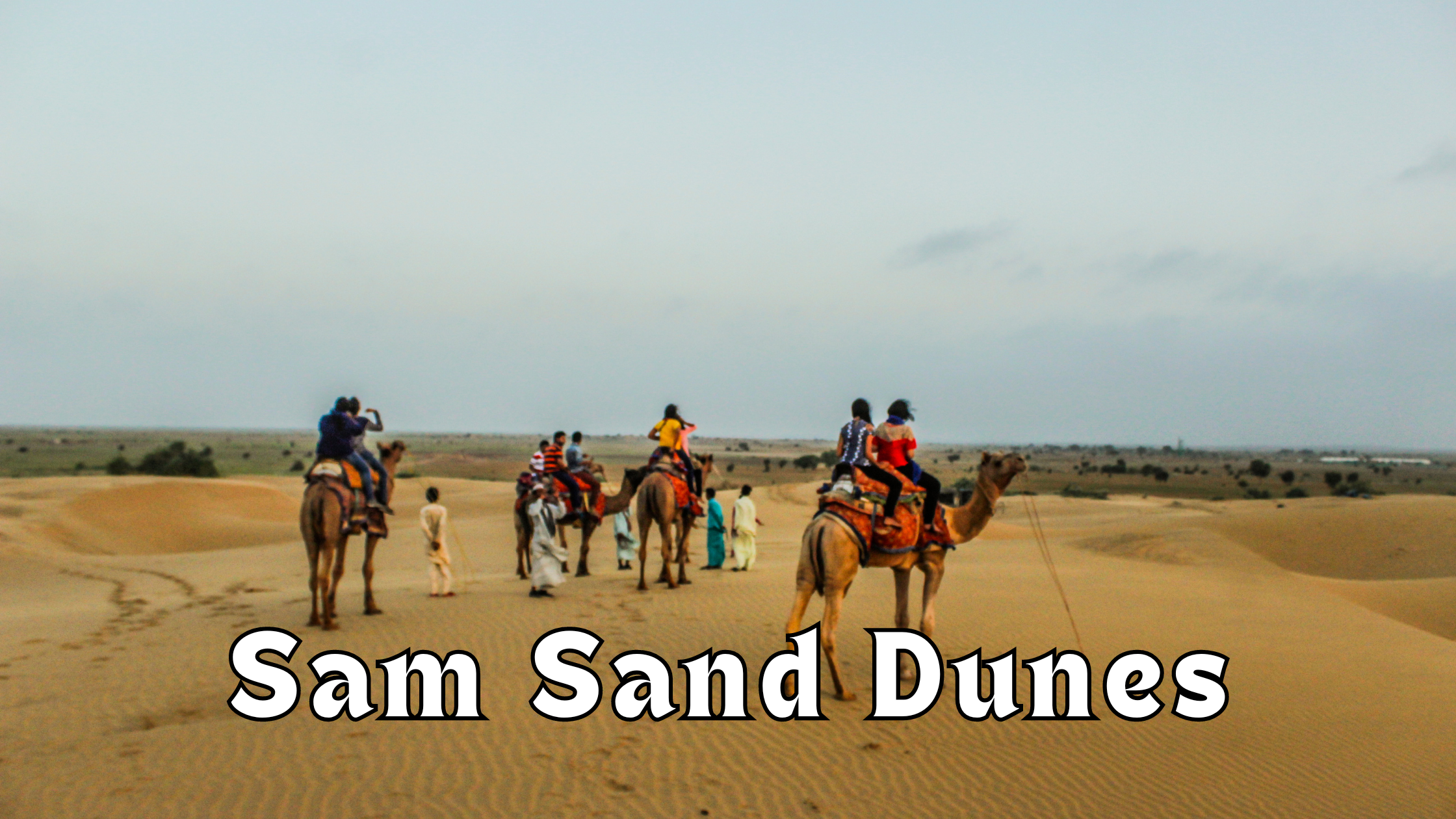
The Sam Sand Dunes near Jaisalmer are a major tourist attraction, offering a quintessential desert experience. Seeing the dunes in the monsoon, with a rare touch of greenery and the play of light and shadow as the clouds move across the sky, is a unique experience that is rarely captured in photographs.
-
Jaipur: The Pink City in Monsoon Glory

Jaipur, the capital of Rajasthan, is a city of palaces, forts, and vibrant culture. The monsoon adds a different charm to this already colorful city.
5.1. Amer Fort and Maota Lake

Amer Fort, located on a hilltop overlooking the Maota Lake, is one of Jaipur’s most famous landmarks. During the monsoon, the fort looks even more majestic, with the lake reflecting the structure and the surrounding hills turning green. The overcast skies add a dramatic effect to the photographs.
5.2. Jal Mahal: Palace on the Water
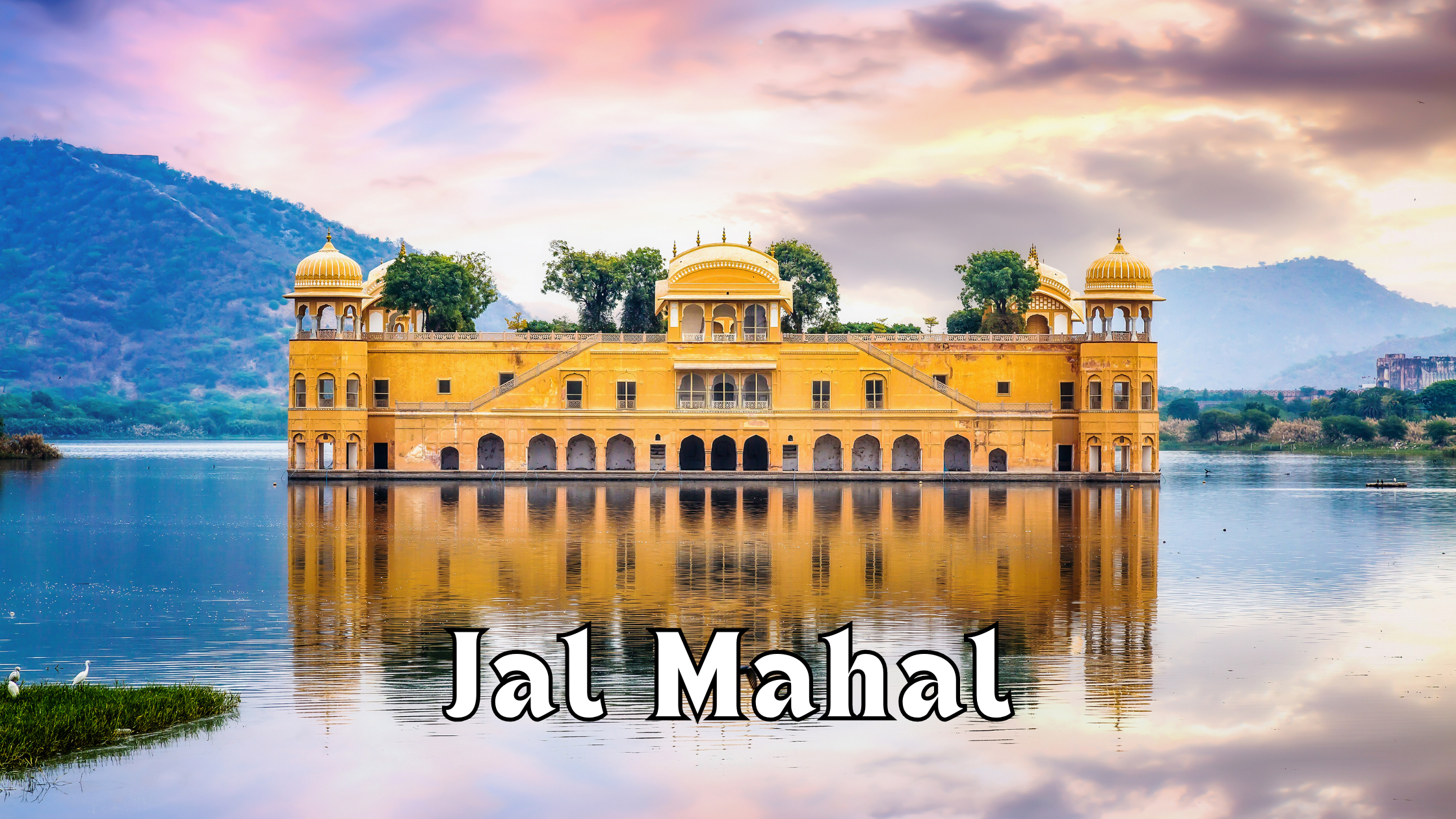
Jal Mahal, or the Water Palace, is a sight to behold during the monsoon. Situated in the middle of Man Sagar Lake, the palace appears to float on the water, with the rain-washed Aravalli hills in the background. The reflections in the lake and the monsoon clouds above make it a perfect spot for photography.
5.3. Nahargarh Fort and the Panoramic View
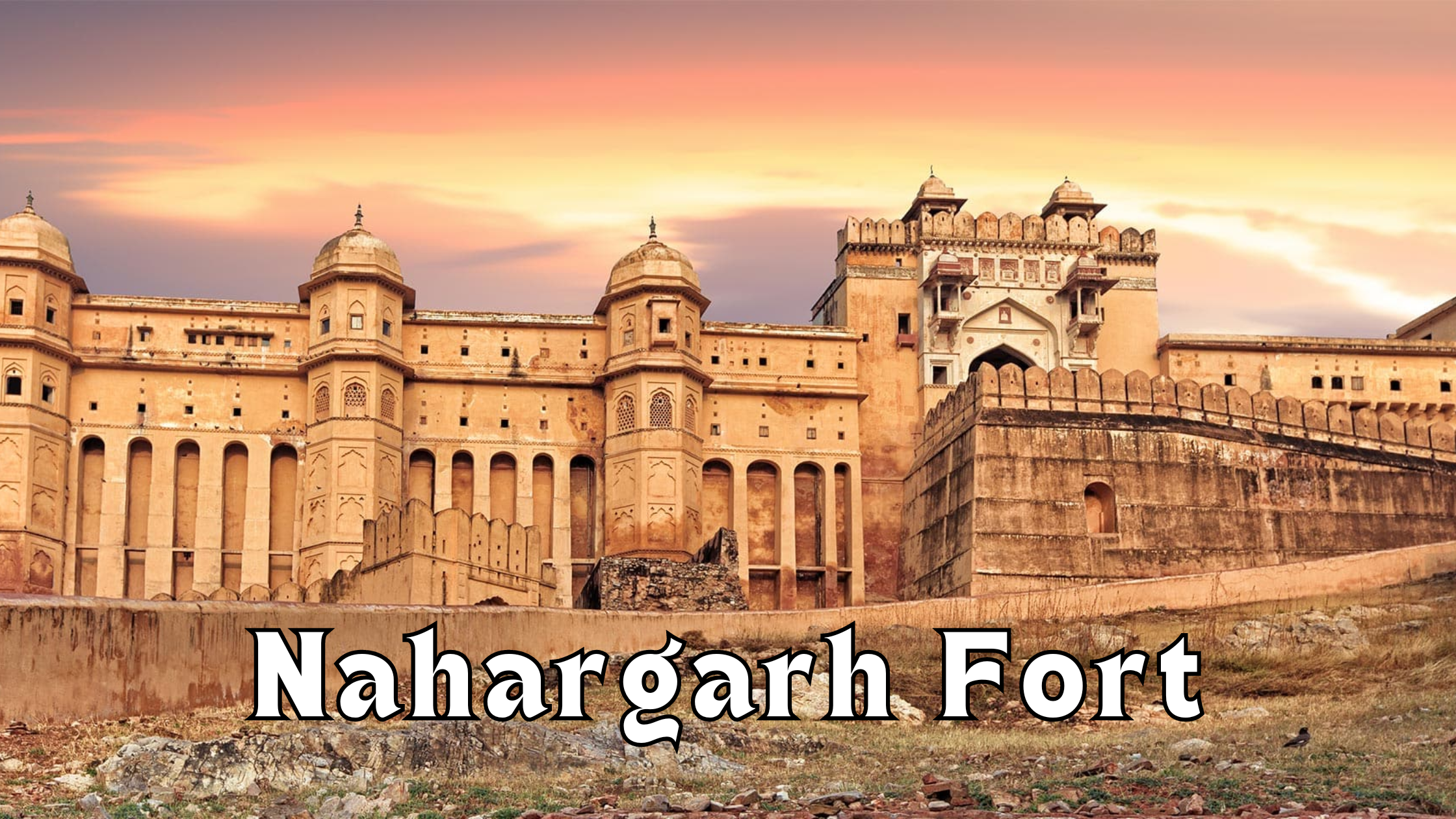
Nahargarh Fort, perched on the edge of the Aravalli hills, offers a panoramic view of Jaipur. The monsoon enhances this view, with the cityscape below taking on a fresh, vibrant look. The fort itself, with its historic charm, provides numerous photo opportunities against the moody skies of the monsoon.
-
Mount Abu: The Oasis in the Desert
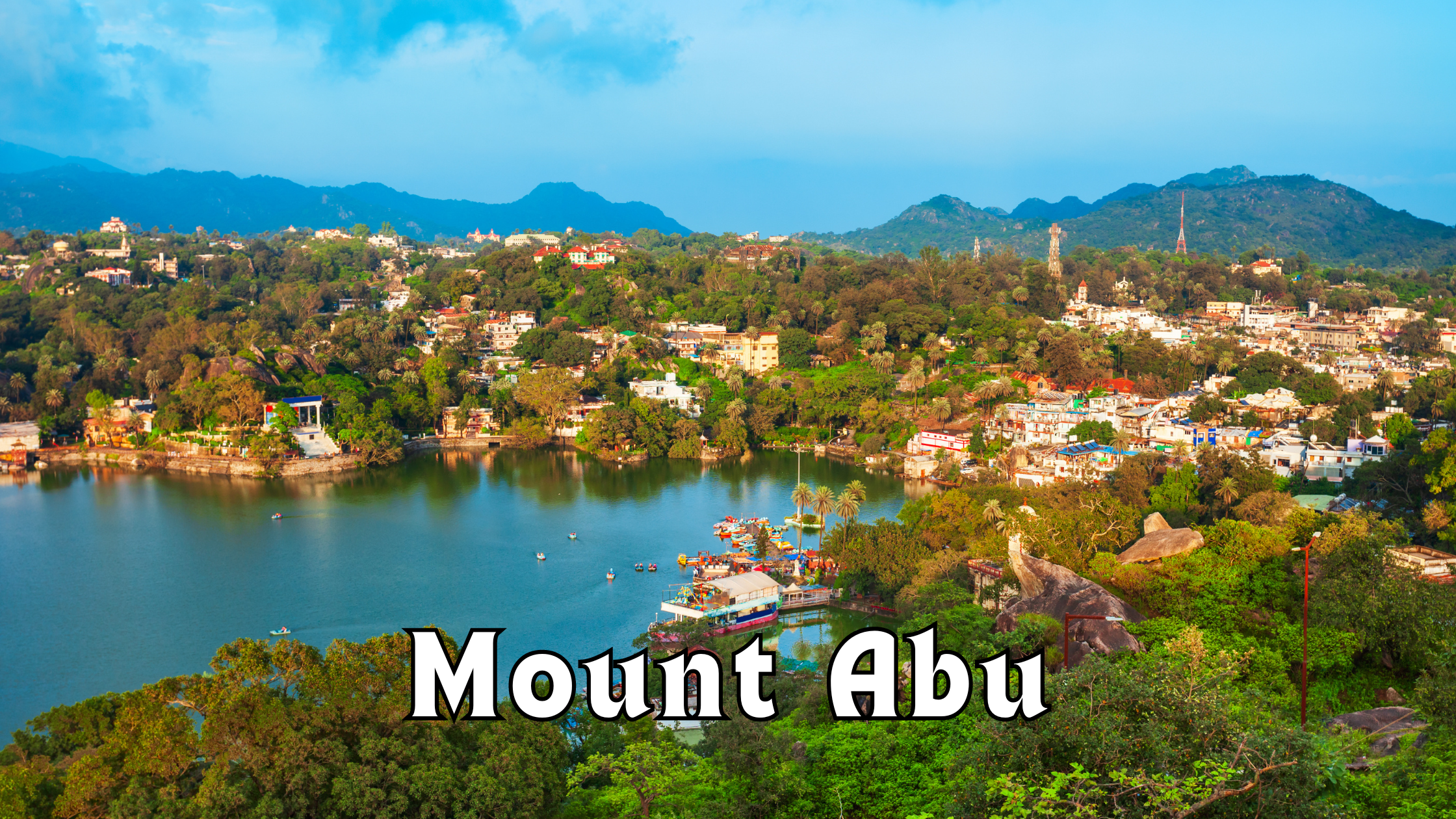
Mount Abu, Rajasthan’s only hill station, is a popular retreat during the monsoon. The cool climate, lush green surroundings, and mist-covered hills make it a photographer’s paradise.
6.1. Nakki Lake: Mist and Mountains
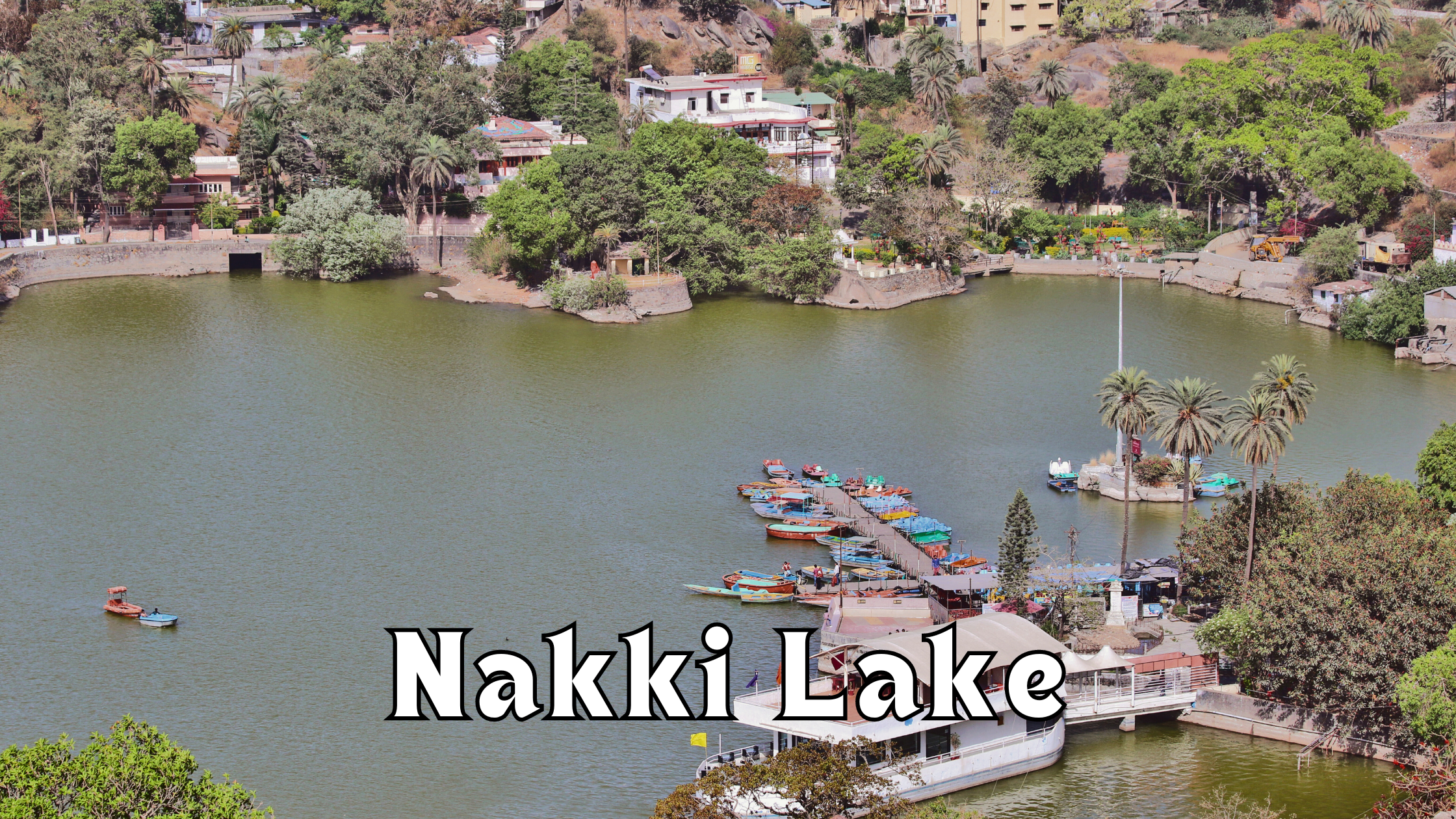
Nakki Lake, a serene water body in the heart of Mount Abu, is surrounded by rolling hills and rocky outcrops. During the monsoon, the lake is enveloped in mist, creating a mystical atmosphere that is perfect for photography. The reflections of the hills and the mist on the water add to the lake’s charm.
6.2. Guru Shikhar: Highest Peak of the Aravalli
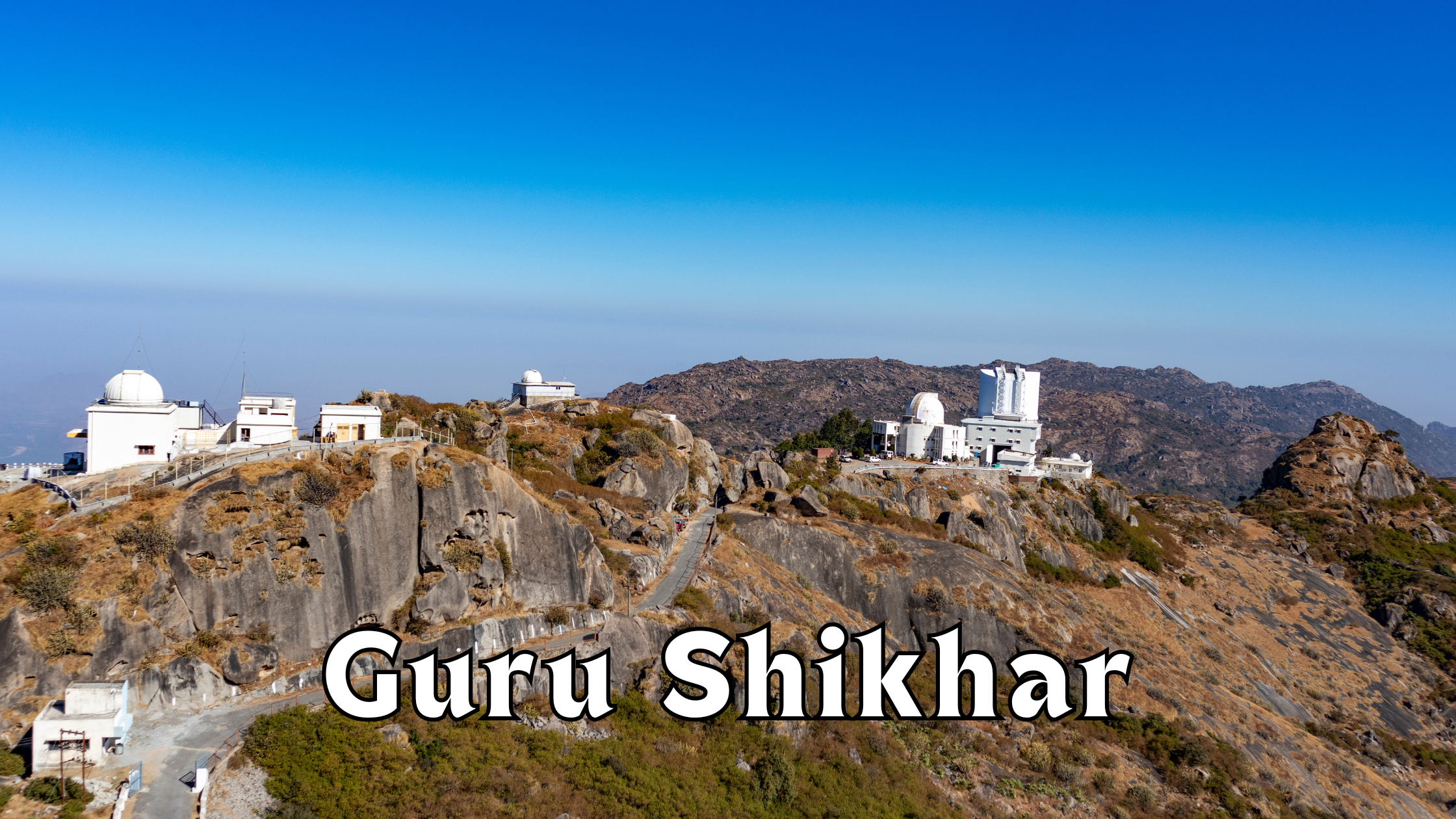
Guru Shikhar, the highest peak in the Aravalli range, offers breathtaking views of the surrounding landscapes. The monsoon clouds often engulf the peak, creating an ethereal atmosphere that makes for stunning photographs. The trek to the peak during the monsoon is a rewarding experience for nature and landscape photographers.
6.3. Dilwara Temples in Monsoon Mist
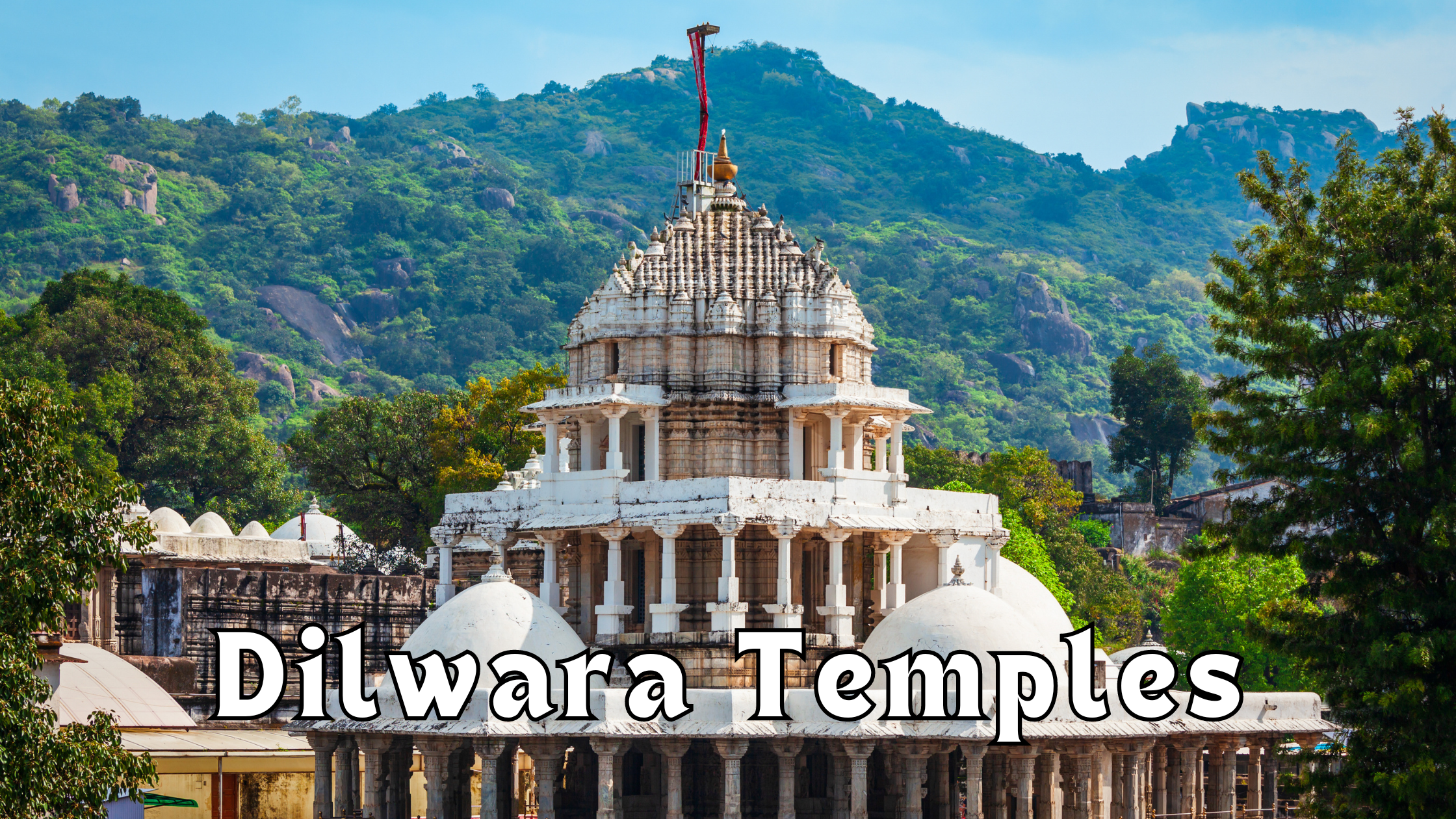
The Dilwara Temples, famous for their intricate marble carvings, are located in the lush green surroundings of Mount Abu. The monsoon mist adds an extra layer of mystery to these ancient temples, making them a unique subject for architectural photography.
-
Pushkar: Spiritual Vibes in the Rain

Pushkar, a small town with a big spiritual presence, is famous for its holy lake and numerous temples. The monsoon season brings a serene and calm atmosphere to this otherwise bustling town.
7.1. Pushkar Lake: Reflections of Faith
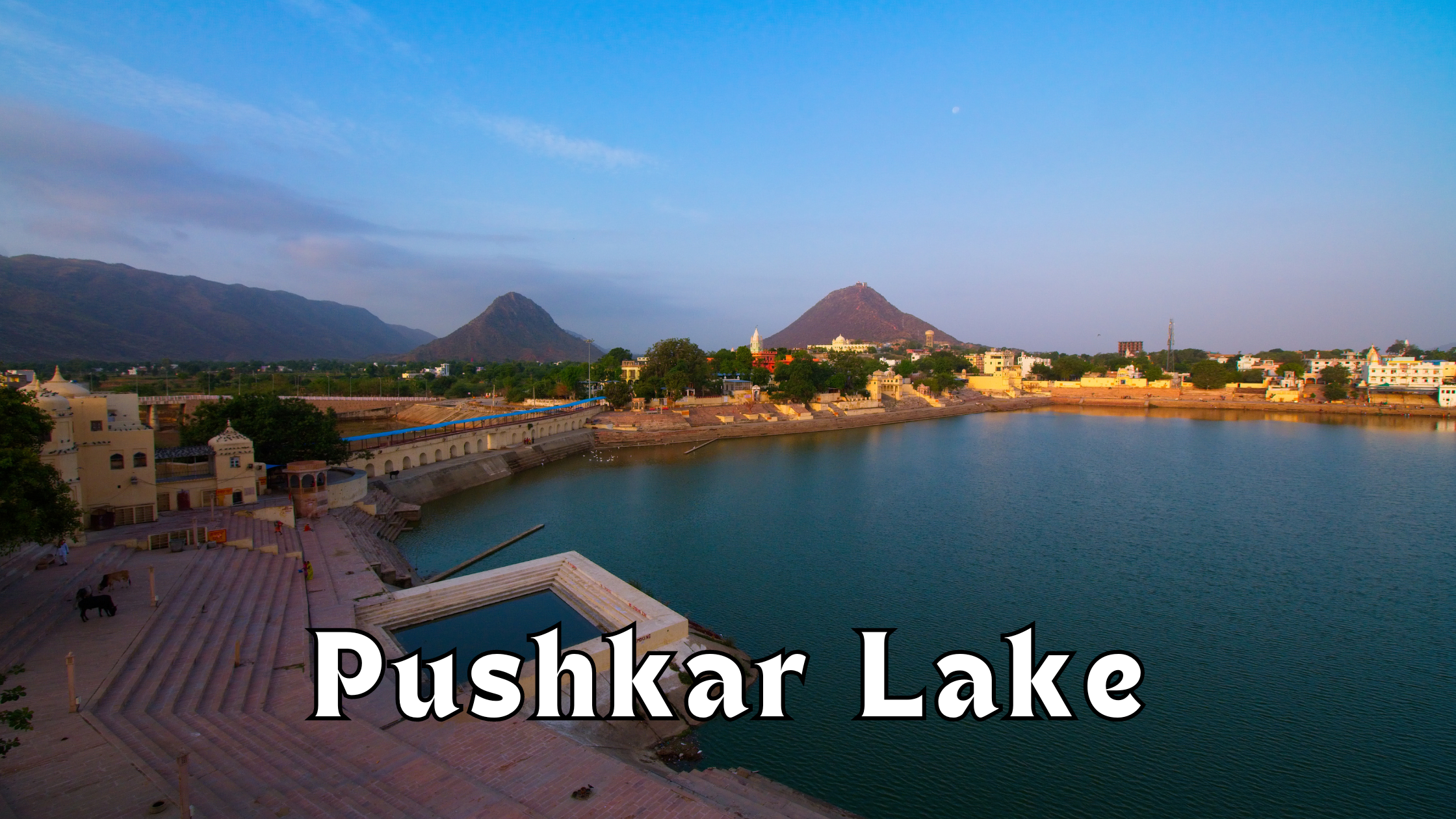
Pushkar Lake, surrounded by ghats and temples, is a sacred site for Hindus. The monsoon fills the lake, and the calm waters reflect the surrounding architecture beautifully. The sight of devotees offering prayers in the rain adds a spiritual dimension to the photographs.
7.2. The Ghats and the Monsoon Aarti
The ghats of Pushkar are the focal points of religious activity in the town. The monsoon aarti (prayer ceremony) at the ghats, with the rain adding to the spiritual ambiance, is a sight to behold. The flickering diyas (lamps) and the sound of prayers amidst the rain provide a unique photographic opportunity.
7.3. Brahma Temple: Ancient Architecture in Monsoon

The Brahma Temple in Pushkar, one of the few temples dedicated to Lord Brahma, is an architectural marvel. The monsoon adds a fresh and vibrant look to the temple, making it a great subject for capturing the blend of spirituality and architecture.
-
Bundi: The Lesser-Known Gem

Bundi, a small town in Rajasthan, is often overshadowed by its more famous neighbors but has a unique charm of its own, especially during the monsoon.
8.1. Taragarh Fort: Majestic Views
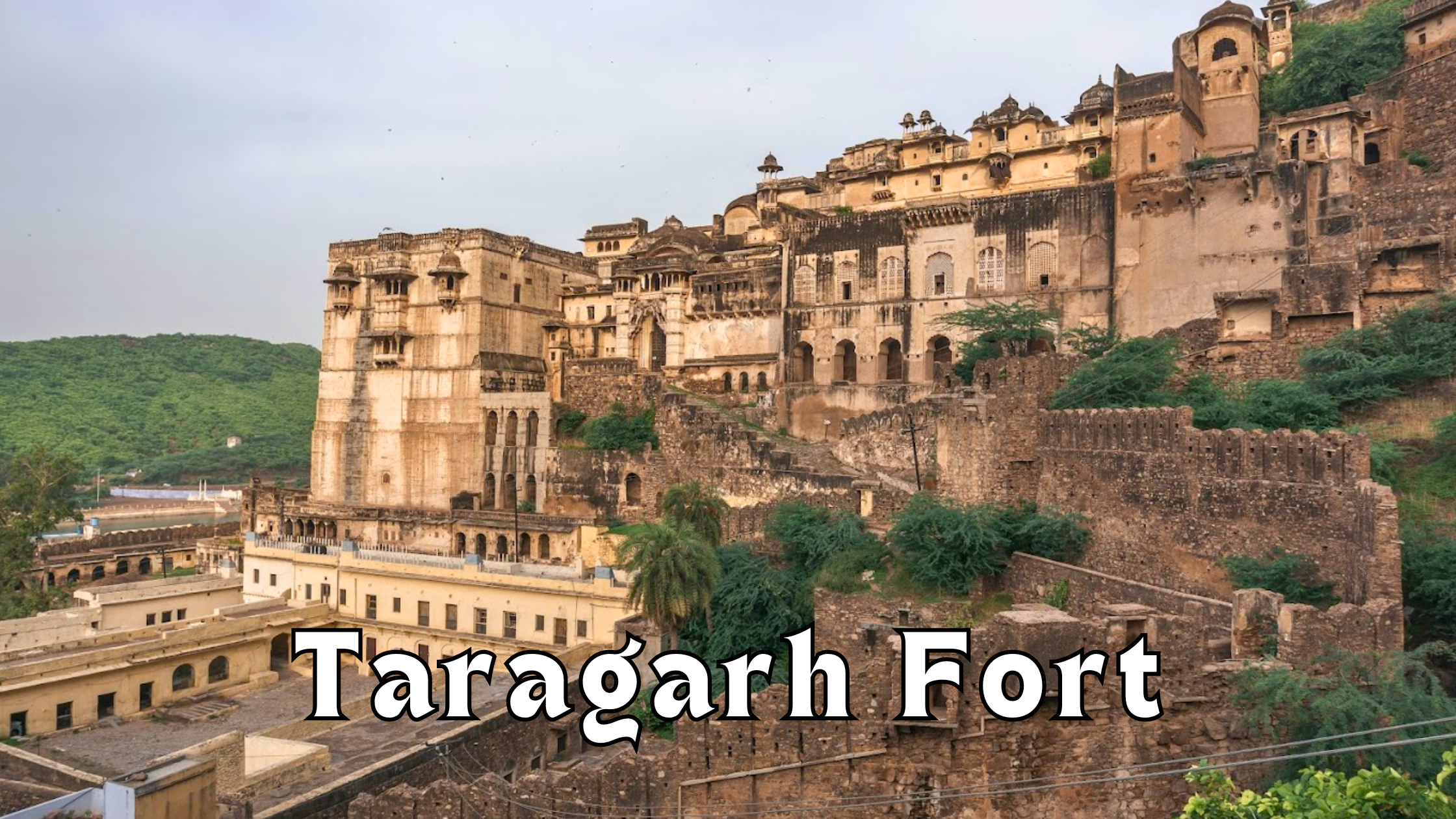
Taragarh Fort, perched on a hill overlooking Bundi, offers stunning views of the town and the surrounding countryside. The fort, with its rain-washed walls and the lush green landscape below, is a perfect spot for monsoon photography.
8.2. Bundi Palace: Art and Architecture
Bundi Palace, known for its intricate murals and architecture, looks even more enchanting during the monsoon. The rain brings out the colors of the murals, and the palace, set against the cloudy sky, offers a myriad of photographic angles.
8.3. Sukh Mahal: The Charm of Small Town Rajasthan
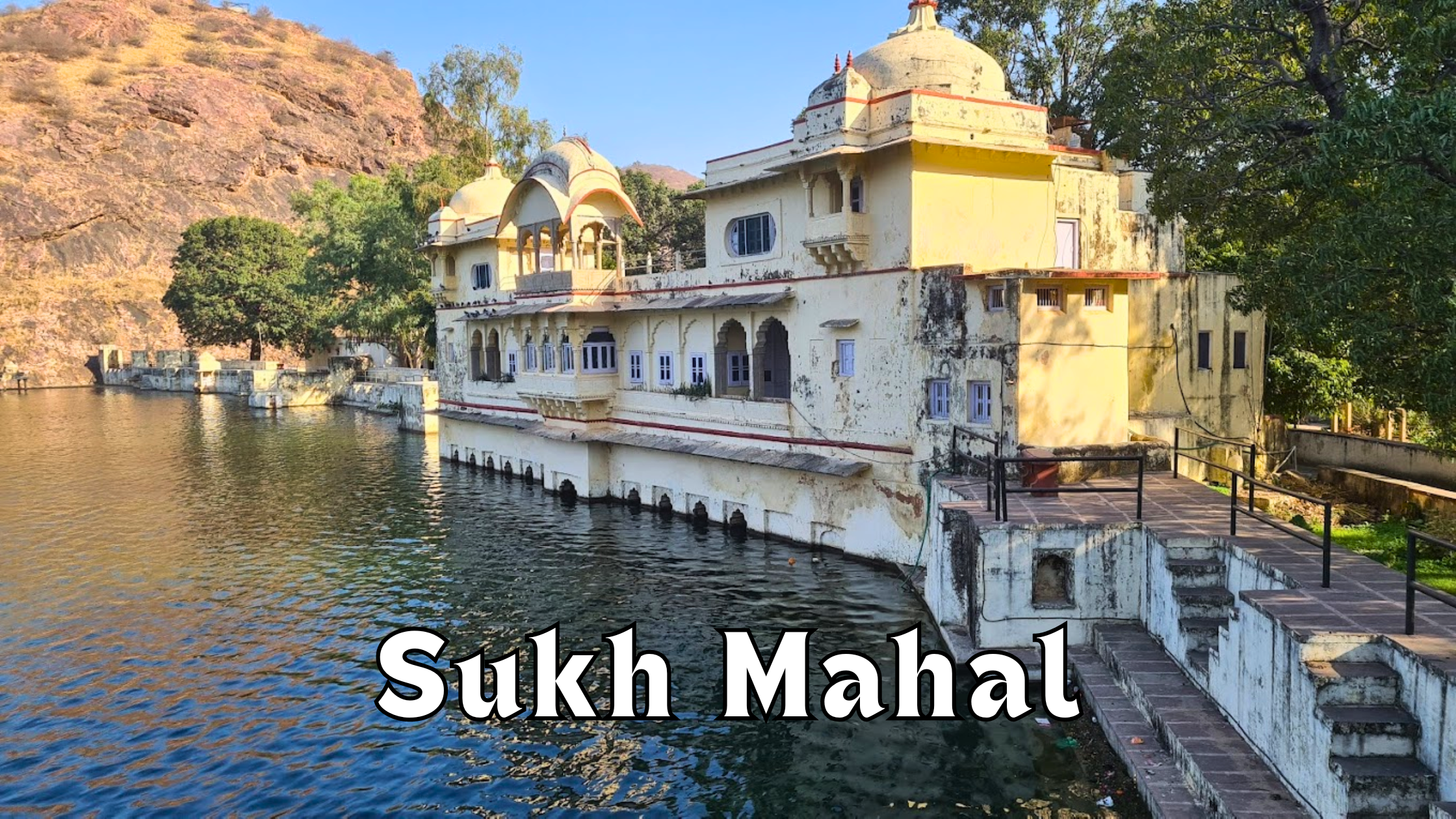
Sukh Mahal, a small palace by a lake in Bundi, is surrounded by lush greenery during the monsoon. The reflection of the palace in the lake and the serene environment make it a great spot for capturing the beauty of small-town Rajasthan in the rain.
-
Chittorgarh: Tales of Valor Amidst Rain

Chittorgarh, known for its historical significance and massive fort, is a place where history comes alive, especially during the monsoon.
9.1. Chittorgarh Fort: Monsoon Magic
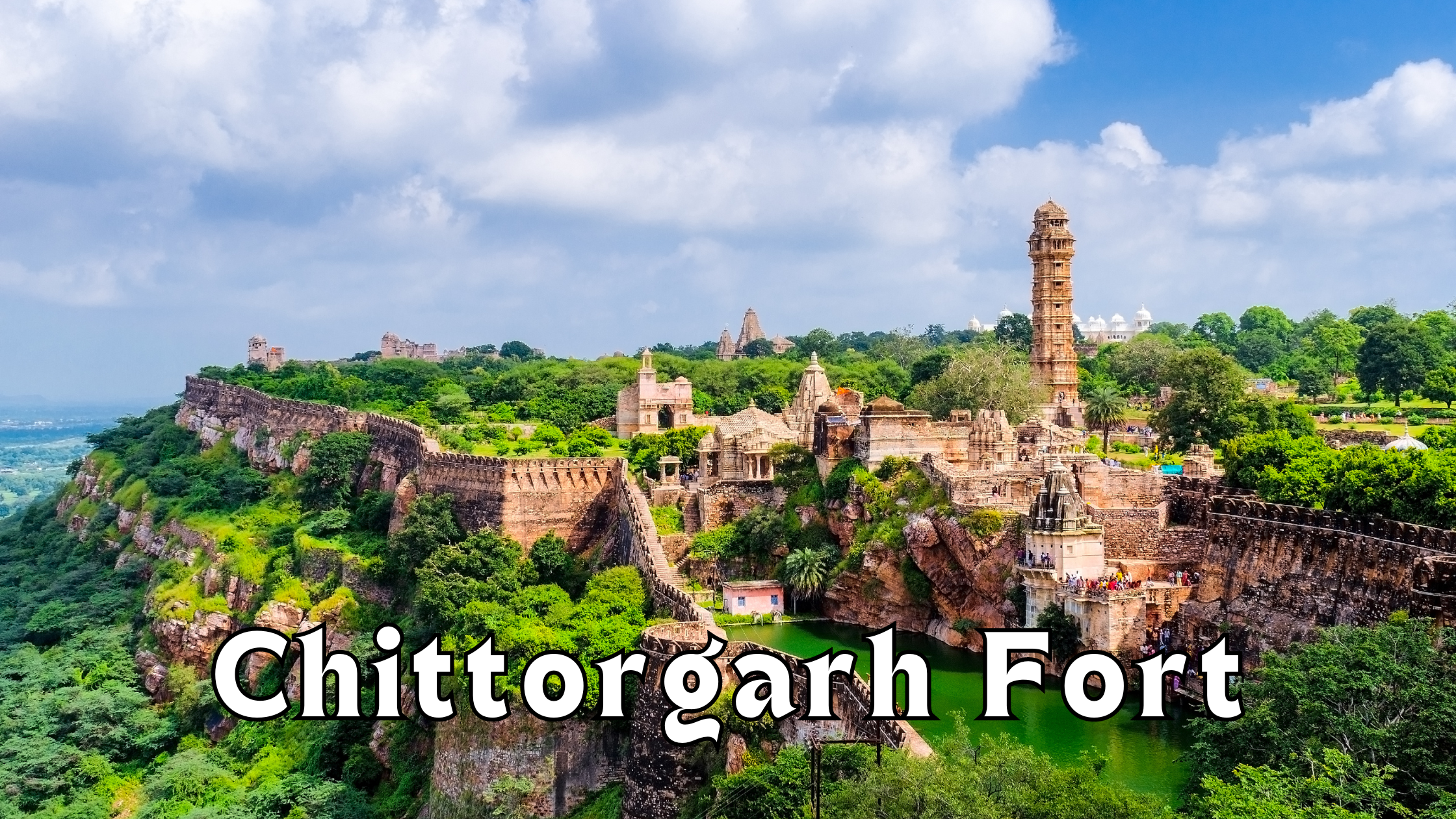
Chittorgarh Fort, one of the largest forts in India, is a UNESCO World Heritage site. The monsoon adds a layer of magic to the fort, with the rain bringing out the textures of the stone walls and the lush green surroundings adding contrast. The fort, with its history of valor and sacrifice, looks even more majestic under the monsoon skies.
9.2. Padmini’s Palace: Reflections in the Rain

Padmini’s Palace, located within the Chittorgarh Fort complex, is surrounded by a lotus pool. The monsoon fills the pool, and the reflections of the palace in the water, combined with the overcast skies, create a perfect frame for photographers.
9.3. Meera Temple: Serenity and Spirituality

The Meera Temple, dedicated to the poet-saint Meera Bai, is a place of tranquility. The monsoon adds to this atmosphere, with the temple surrounded by greenery and the sound of rain providing a peaceful backdrop for photography.
-
Alwar: A Blend of Nature and History
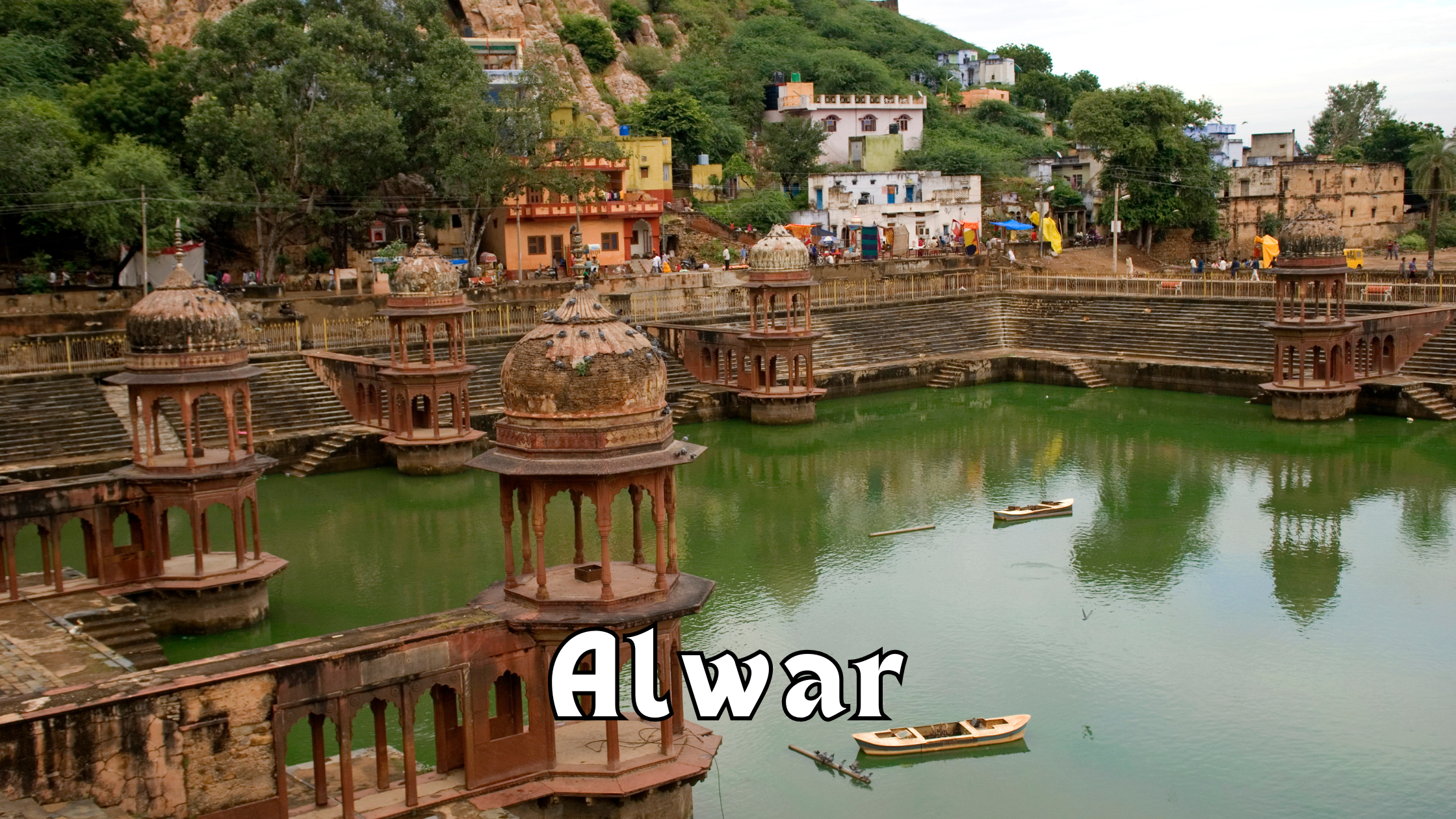
Alwar, located in the eastern part of Rajasthan, offers a mix of historical sites and natural beauty, which is enhanced during the monsoon.
10.1. Bhangarh Fort: Mystical and Rain-Drenched

Bhangarh Fort, known for its eerie reputation, takes on a different character during the monsoon. The fort, surrounded by the Aravalli hills and drenched in rain, looks mysterious and haunting, providing a unique opportunity for photographers interested in capturing the supernatural atmosphere.
10.2. Siliserh Lake: A Quiet Retreat
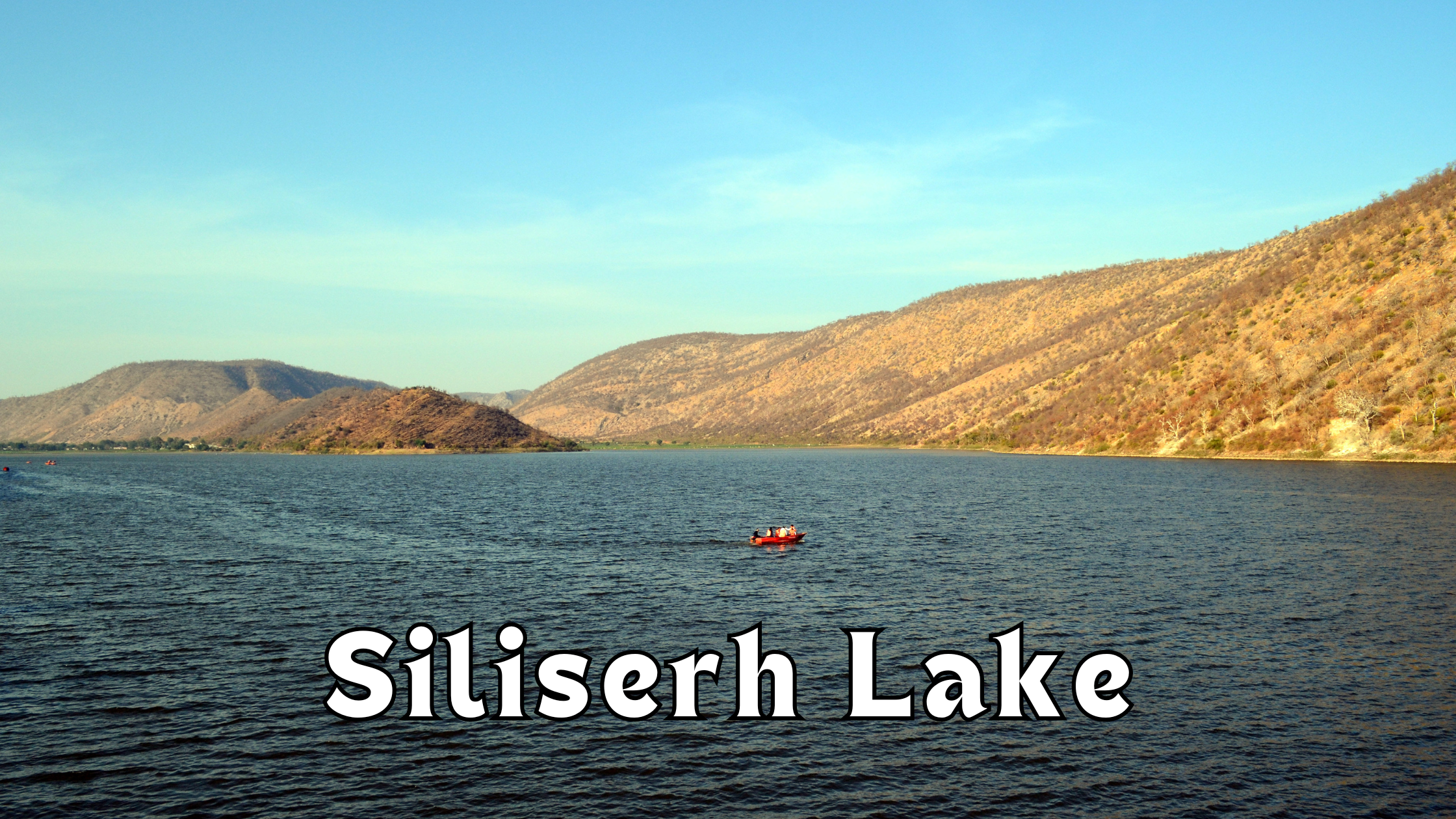
Siliserh Lake, located near Alwar, is a tranquil spot surrounded by hills. The monsoon fills the lake, and the surrounding greenery makes it an ideal location for landscape photography. The palace by the lake adds an architectural element to the natural beauty.
10.3. Sariska Wildlife Sanctuary: Lush Greenery and Wildlife
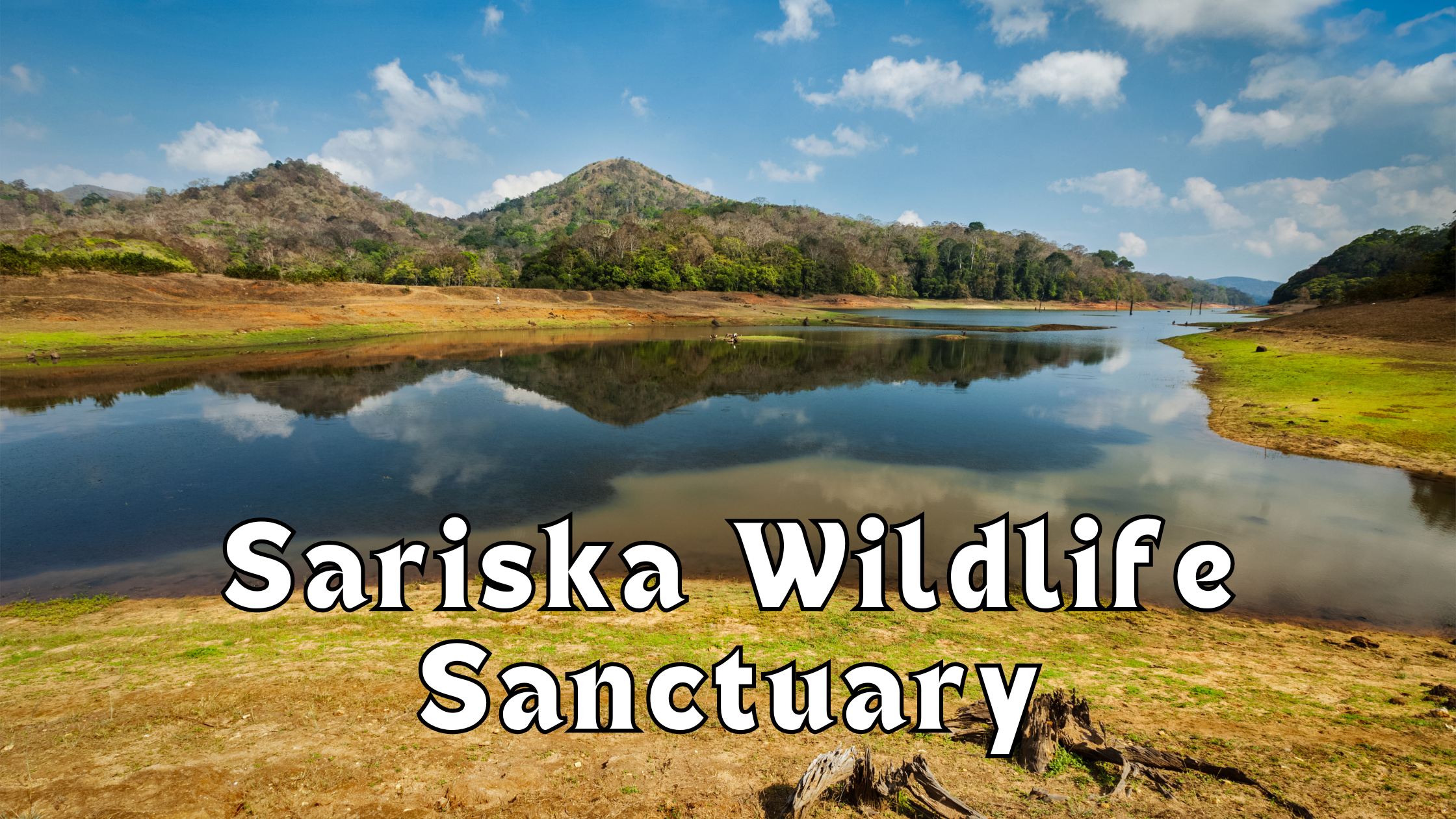
Sariska Wildlife Sanctuary, a popular tiger reserve, is at its greenest during the monsoon. The dense foliage, coupled with the chance to spot wildlife in the rain-soaked forest, makes it a great spot for nature and wildlife photographers.
-
Ranthambore: Wildlife and Wilderness in Monsoon
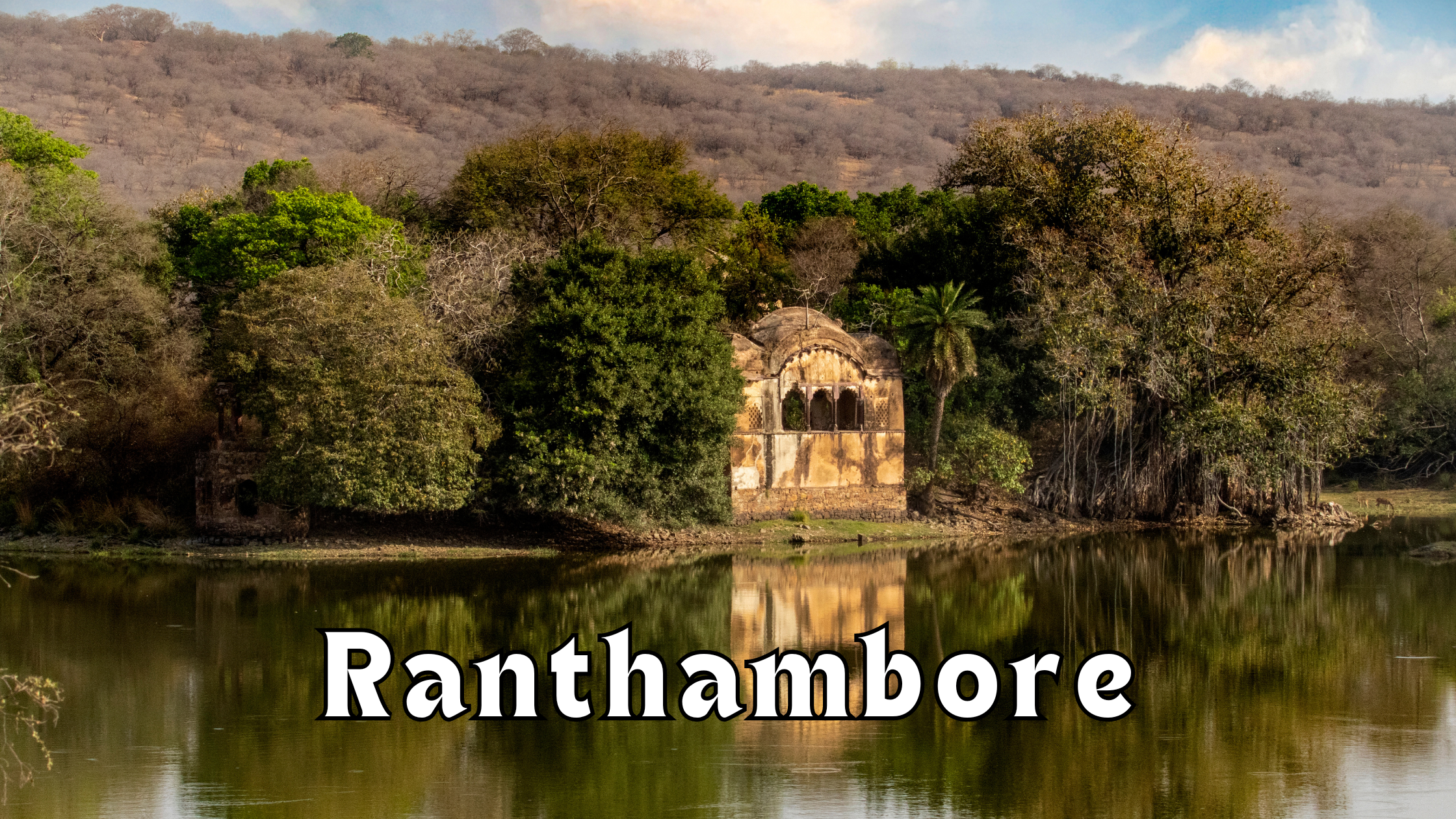
Ranthambore, famous for its national park and tiger reserve, offers a different kind of photographic experience during the monsoon.
11.1. Ranthambore Fort: History in the Rains

Ranthambore Fort, located within the national park, is a historical site with a commanding view of the surrounding jungle. The monsoon adds a dramatic flair to the fort, with the rain creating waterfalls and the lush greenery providing a contrast to the ancient stone walls.
11.2. Padam Talao: Water Lilies and Wildlife
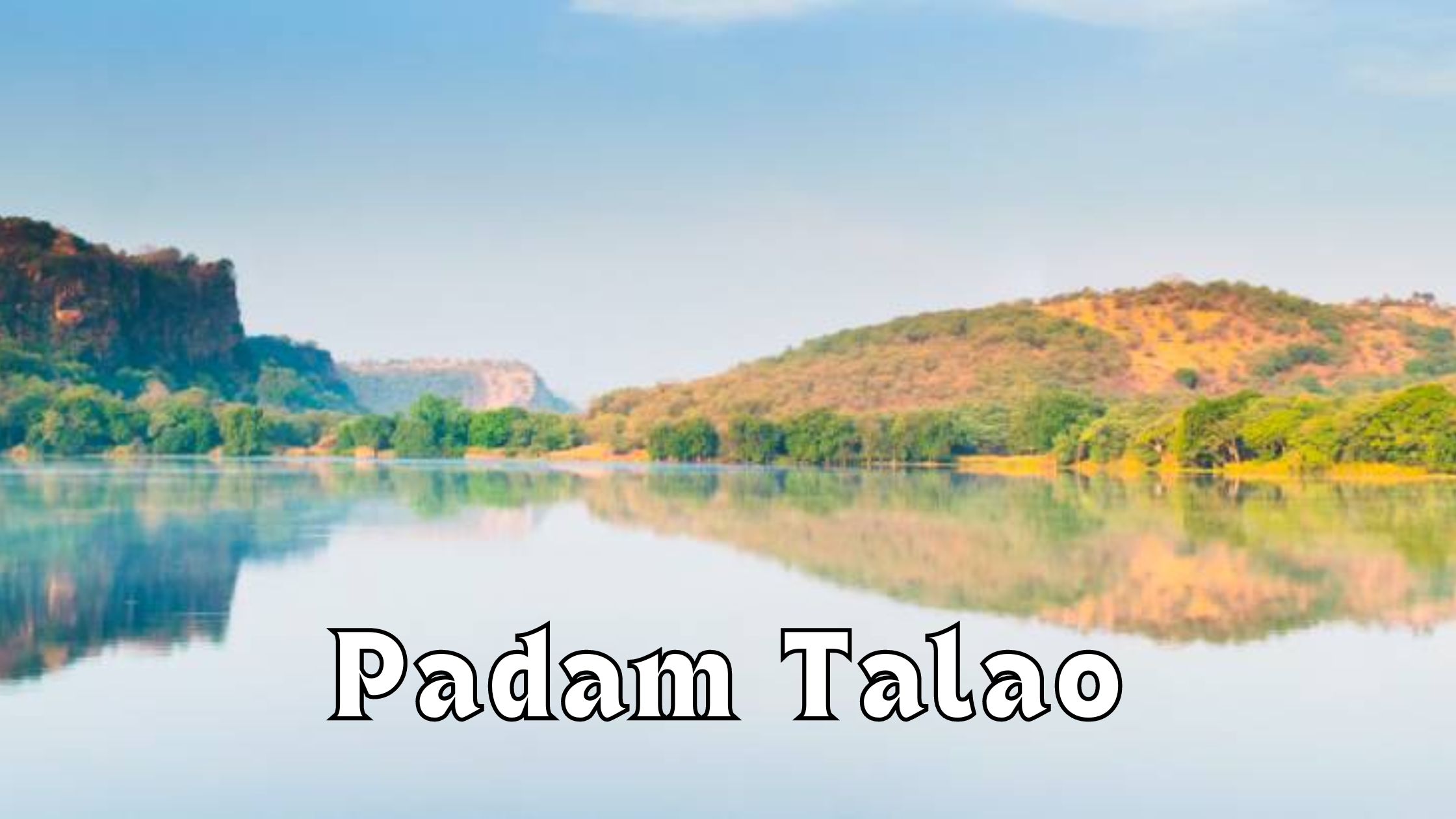
Padam Talao, the largest lake in Ranthambore National Park, is surrounded by dense forest. During the monsoon, the lake is covered with blooming water lilies, and the chance to capture wildlife in this setting makes it a unique spot for photography.
-
Kumbhalgarh: The Great Wall of India

Kumbhalgarh, known for its massive fort and the second-longest wall in the world, is a must-visit during the monsoon.
12.1. Kumbhalgarh Fort: Majestic in the Mist
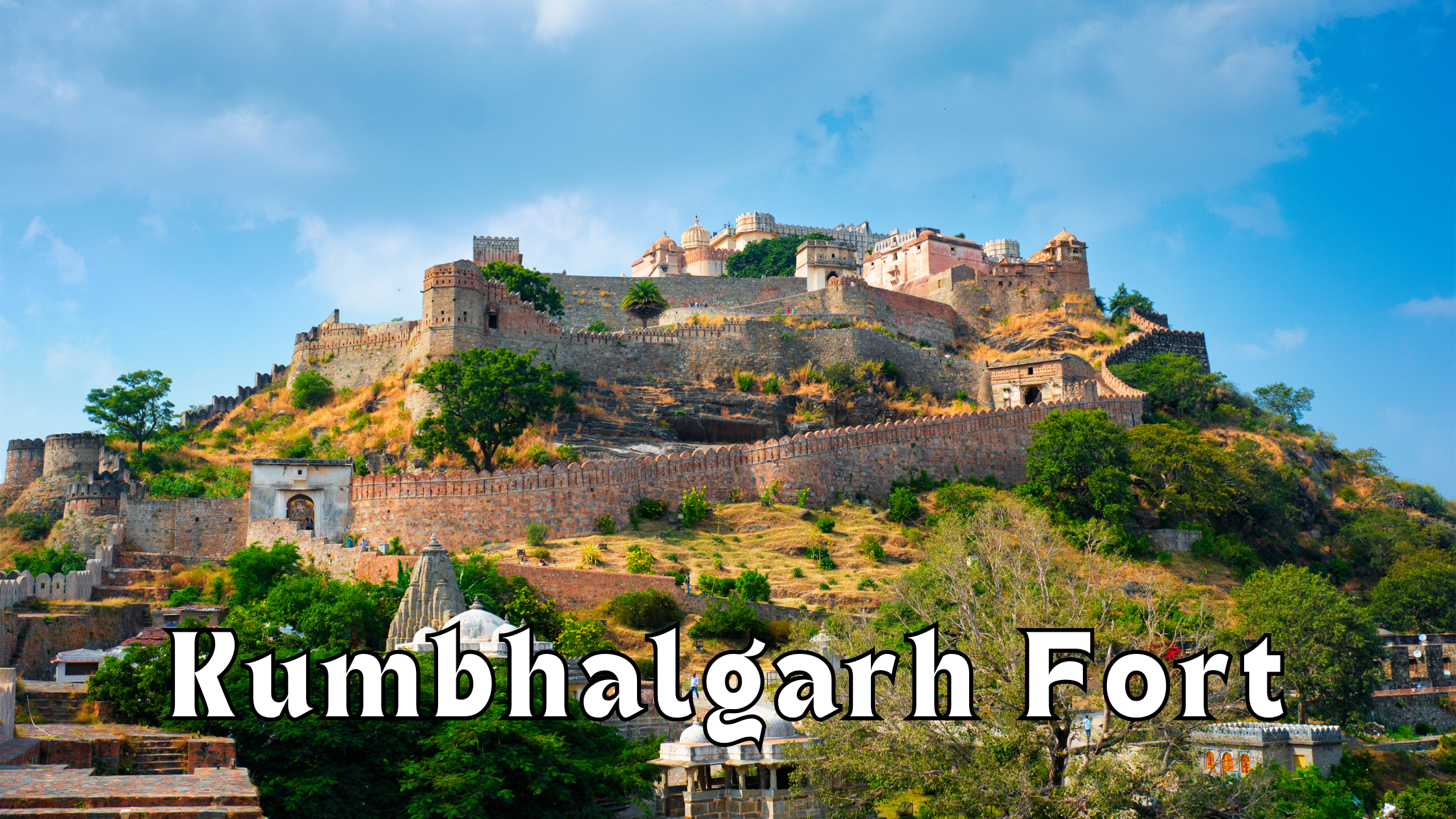
Kumbhalgarh Fort, surrounded by the Aravalli hills, is shrouded in mist during the monsoon. The fort, with its massive walls stretching over 36 kilometers, looks even more imposing against the cloudy sky. The mist and the rain-washed walls make for dramatic photography.
12.2. Badal Mahal: Clouds and Architecture
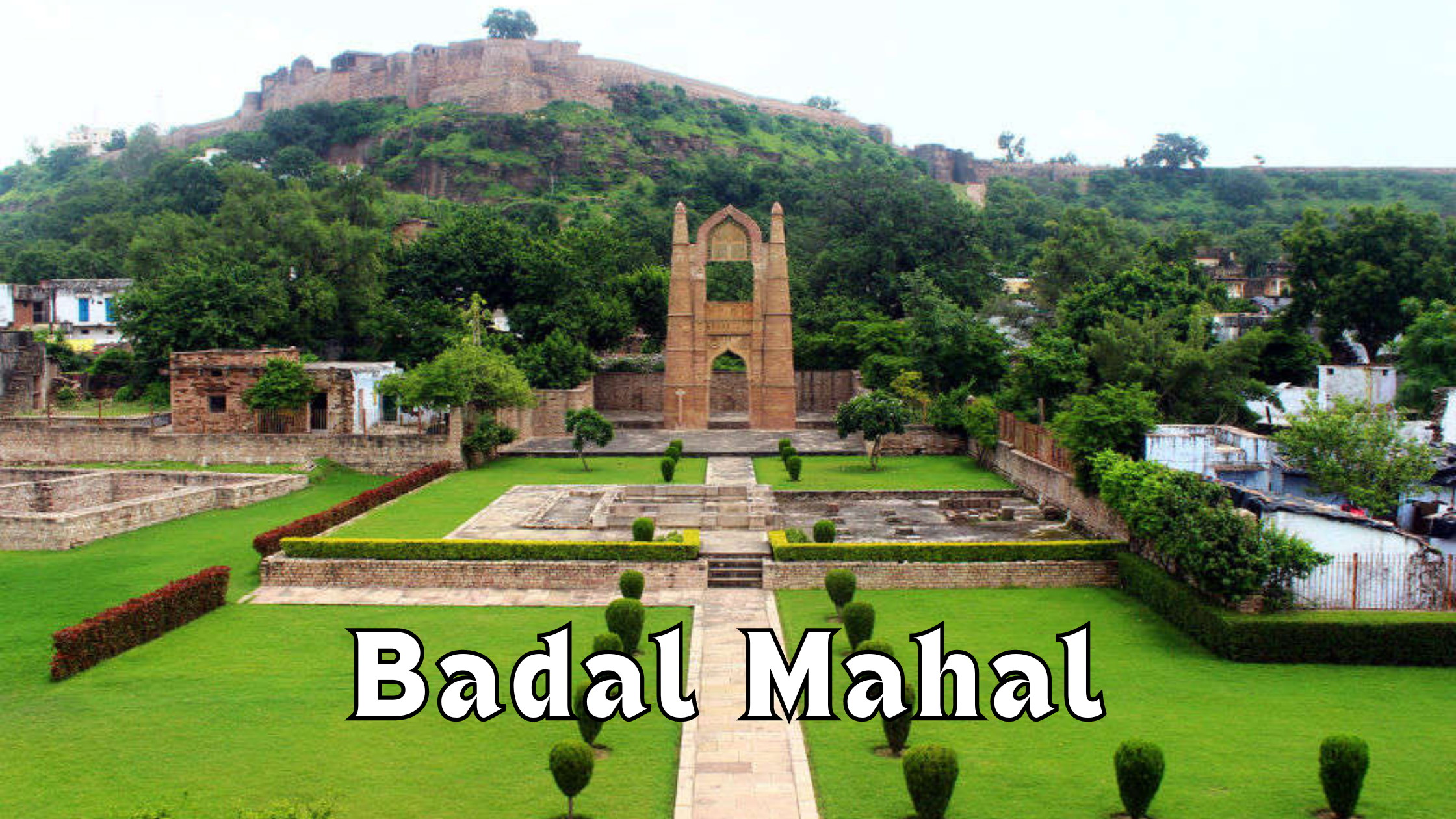
Badal Mahal, located within the Kumbhalgarh Fort, is aptly named, as it often finds itself amidst clouds during the monsoon. The palace, with its unique architecture, offers photographers the chance to capture a blend of history and nature.
12.3. Surrounding Villages and Landscape Views
The area around Kumbhalgarh is dotted with small villages and rolling hills, which come alive during the monsoon. The lush green fields, combined with the traditional Rajasthani architecture, offer numerous opportunities for landscape and cultural photography.
-
Bikaner: Desert’s Rare Rainy Day
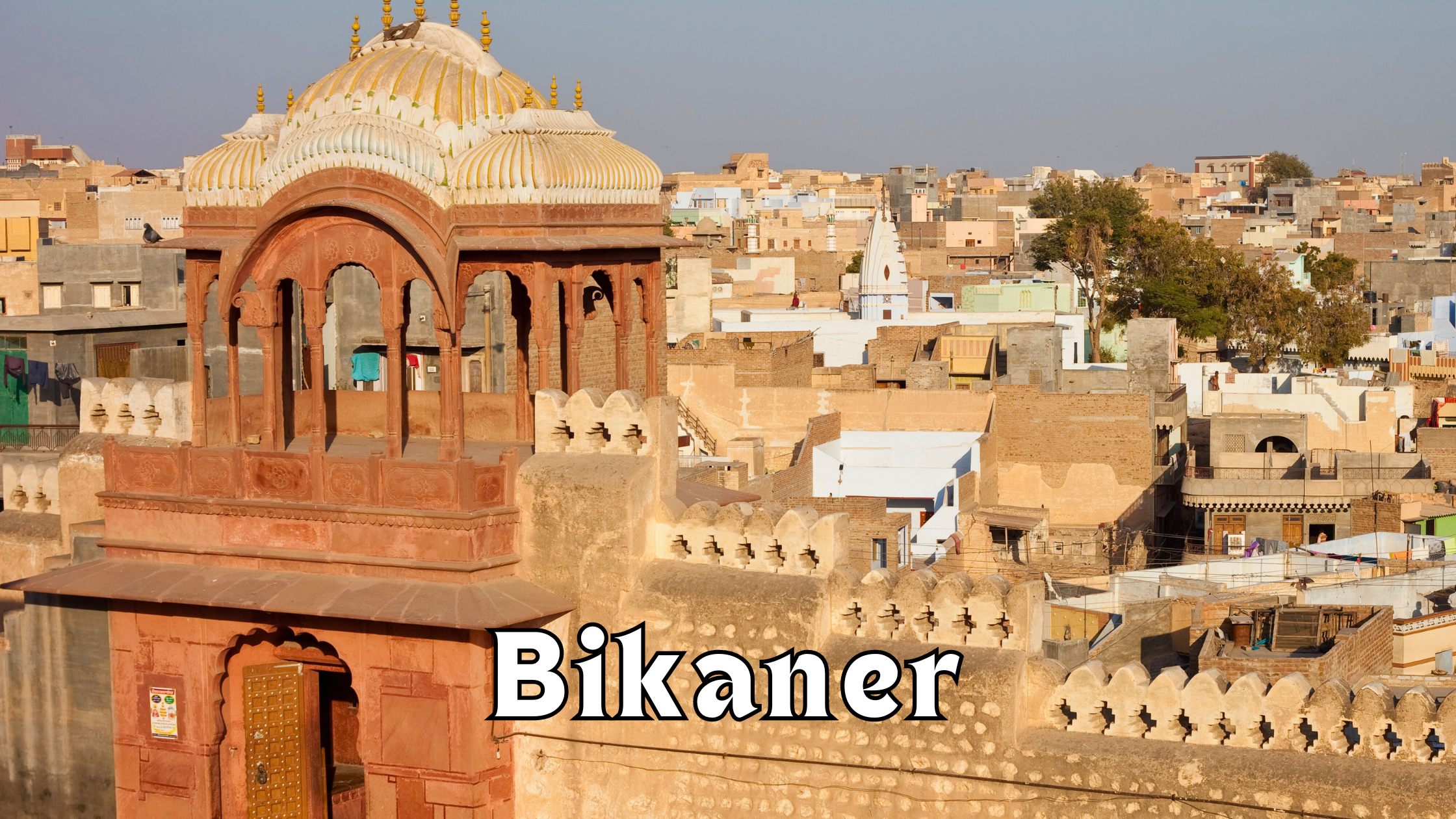
Bikaner, known for its desert landscape and camel safaris, offers a rare sight during the monsoon when the desert receives rain.
13.1. Junagarh Fort: Architectural Marvel

Junagarh Fort, a blend of Rajput and Mughal architecture, looks stunning in the monsoon. The rain-washed walls and the surrounding greenery contrast beautifully with the desert landscape, making it a great subject for photography.
13.2. Karni Mata Temple: The Unusual and the Sacred

Karni Mata Temple, also known as the Rat Temple, is one of the most unusual temples in India. The monsoon adds a different atmosphere to the temple, with the rain-soaked surroundings providing a unique contrast to the temple’s interior.
13.3. Gajner Palace: Lake-Side Beauty
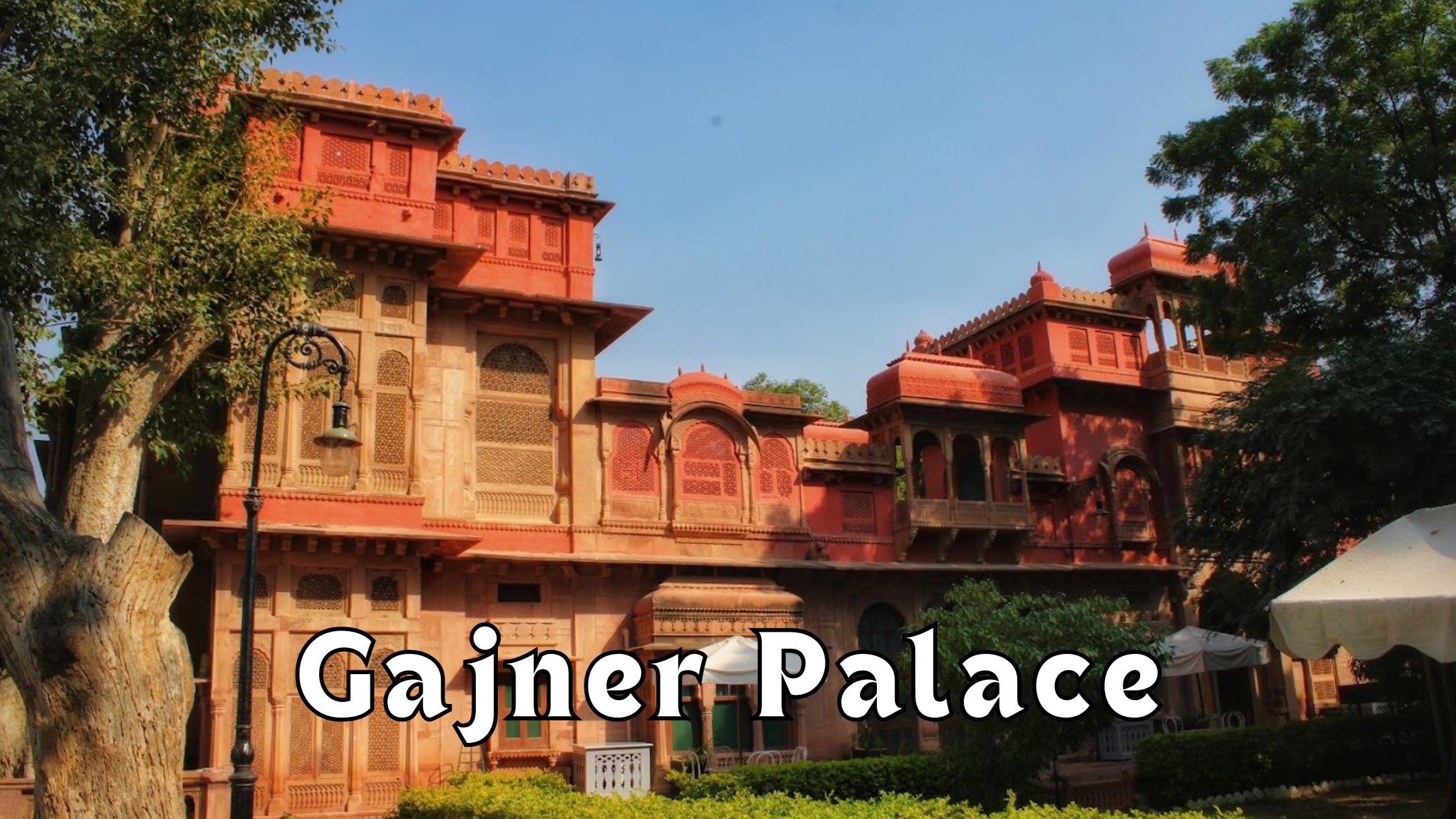
Gajner Palace, located on the banks of a lake near Bikaner, is a serene spot that comes alive during the monsoon. The palace, reflected in the calm waters of the lake, offers a perfect blend of architecture and nature, ideal for photography.
-
Bharatpur: The Ornithologist’s Dream in Monsoon
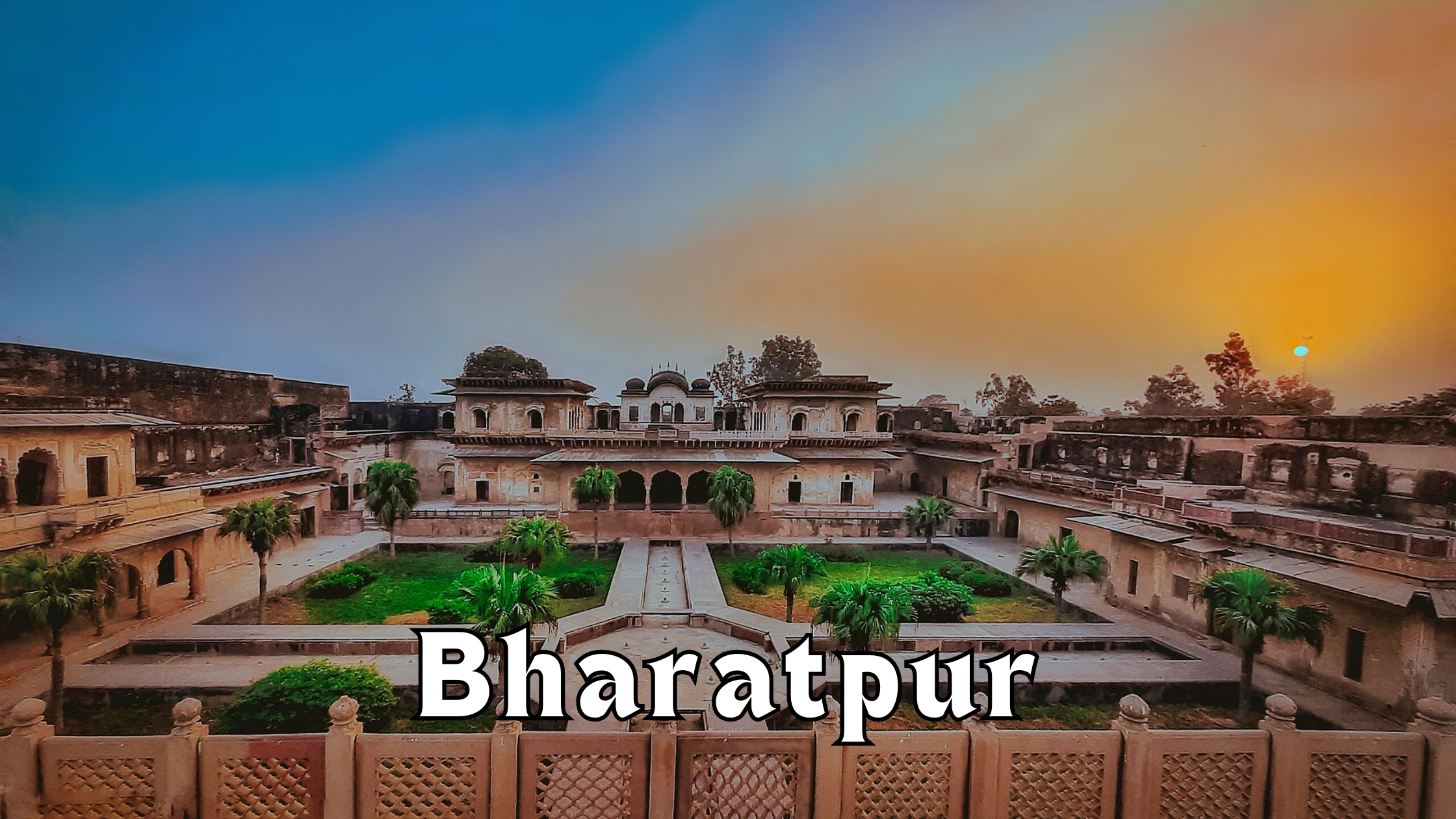
Bharatpur, known for its bird sanctuary and rich biodiversity, is a haven for nature photographers, especially during the monsoon.
14.1. Keoladeo National Park: Birdwatching and Monsoon Greenery

Keoladeo National Park, a UNESCO World Heritage site, is one of the most famous bird sanctuaries in the world. During the monsoon, the park becomes a vibrant green, and the water bodies are filled, attracting a wide variety of birds. The misty mornings and the lush greenery provide perfect conditions for wildlife and nature photography.
14.2. Lohagarh Fort: Strength in the Storm
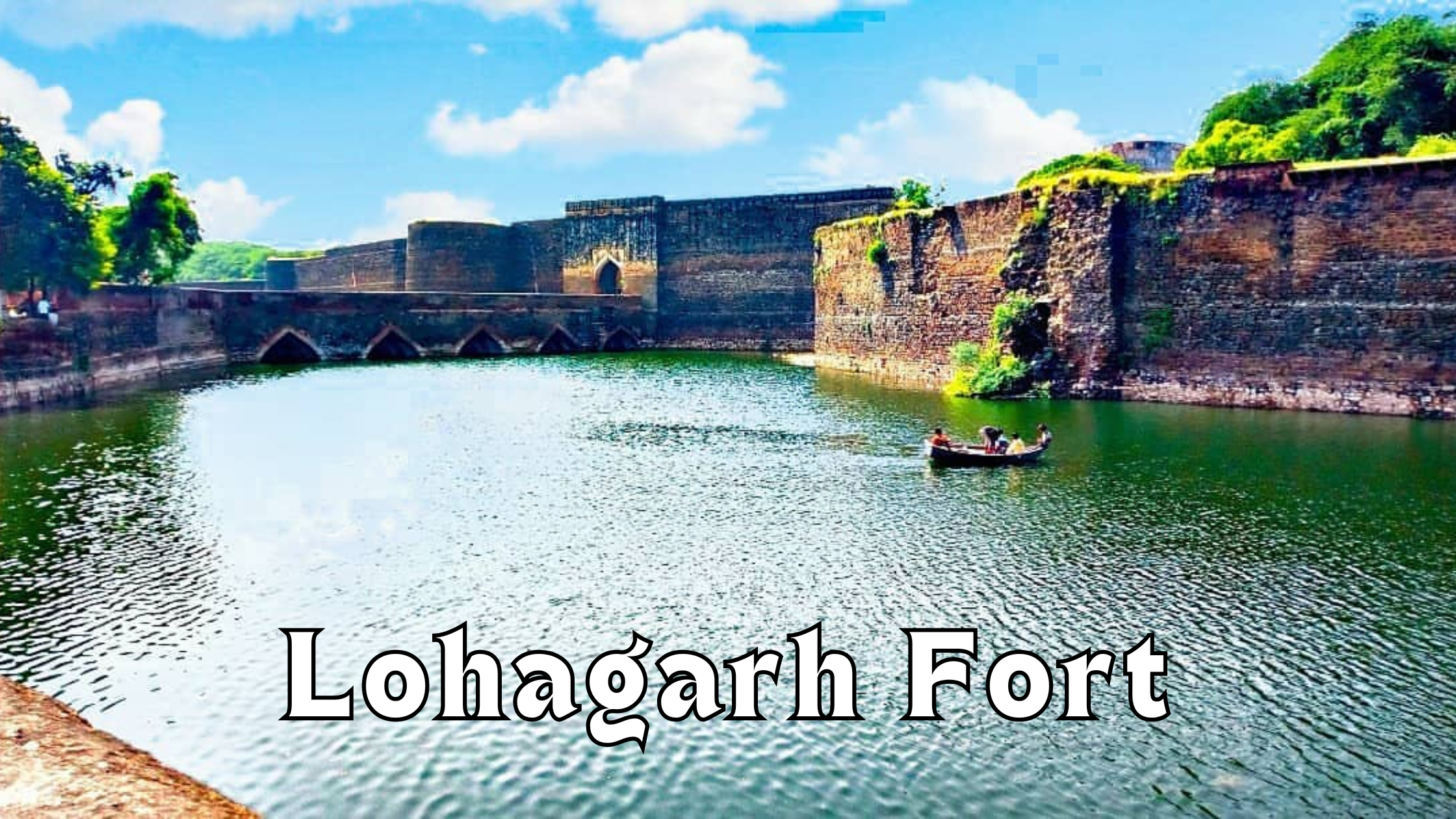
Lohagarh Fort, known as the Iron Fort, stands tall and imposing even during the heaviest of rains. The fort’s massive walls and sturdy construction are a testament to its name, and the monsoon adds to its mystique, with rainwater cascading down the walls and the surrounding landscape turning lush green.
14.3. Bandh Baretha: Hidden Oasis and Scenic Beauty
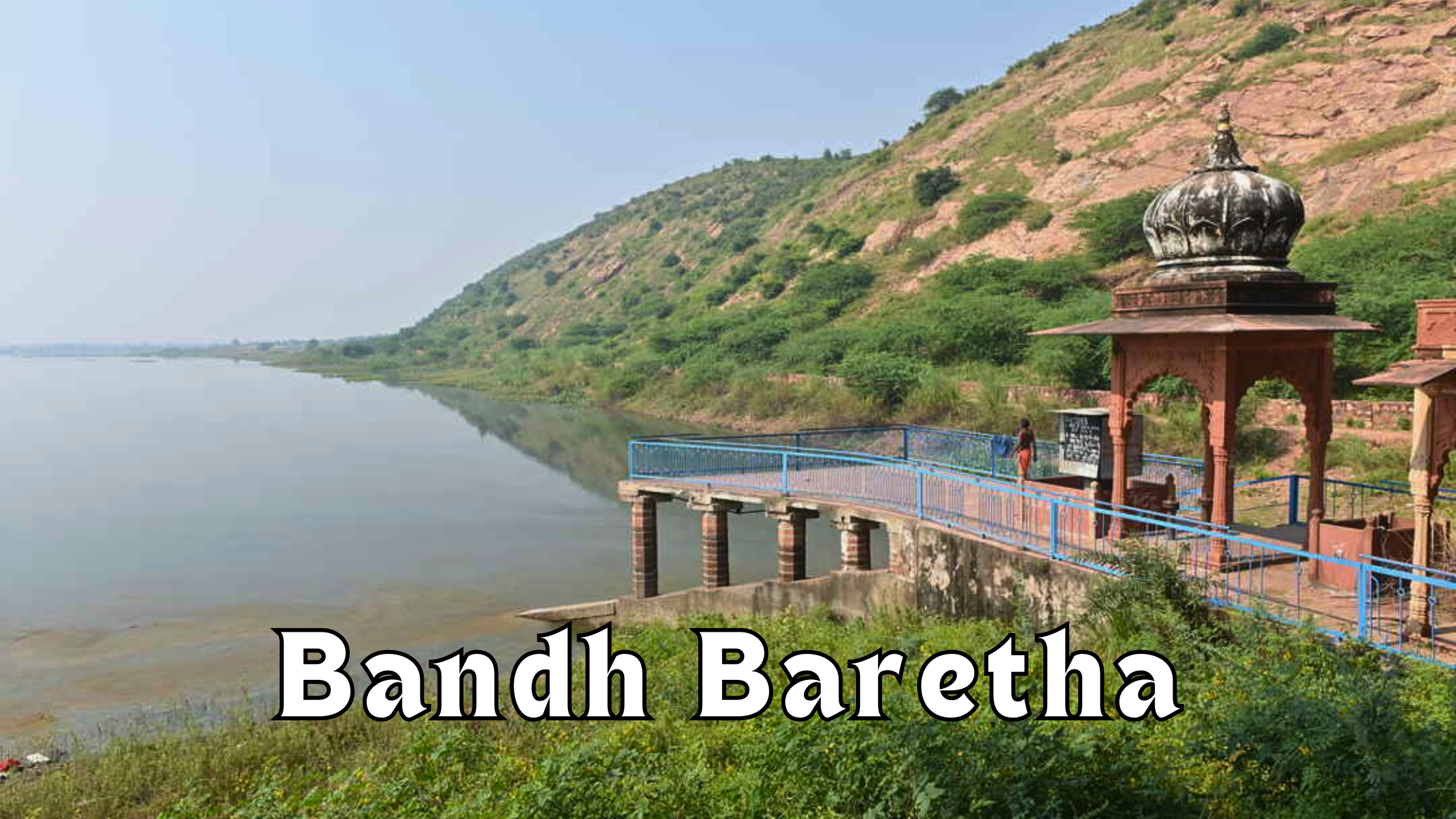
Bandh Baretha, a lesser-known gem near Bharatpur, is a beautiful dam and reservoir surrounded by hills and forests. During the monsoon, the reservoir is filled to the brim, and the surrounding landscape is covered in greenery. The area is a perfect spot for landscape photography, with its scenic beauty and tranquil environment providing a peaceful retreat from the more tourist-heavy spots.
-
Monsoon Festivals and Cultural Photography Opportunities
The monsoon season in Rajasthan is not just about natural beauty but also about cultural celebrations.
15.1. Teej Festival in Jaipur: Women’s Celebrations
The Teej Festival, celebrated mainly by women, is one of the most colorful festivals in Jaipur.
15.2. Raksha Bandhan: Cultural Traditions
Raksha Bandhan, a festival celebrating the bond between brothers and sisters, is widely celebrated across Rajasthan.
15.3. Kajli Teej in Bundi: A Unique Cultural Fest
Kajli Teej, celebrated in Bundi, marks the arrival of the monsoon.
-
Tips for Monsoon Photography in Rajasthan
Photographing Rajasthan during the monsoon requires some preparation and knowledge to get the best shots.
16.1. Best Time to Visit Each Location
Each location in Rajasthan has its peak monsoon period, and knowing the best time to visit can make a big difference.
16.2. Essential Photography Gear
Carrying the right gear is essential for monsoon photography.
16.3. Safety Tips and Considerations
Monsoon photography comes with its own set of challenges, including slippery paths and unpredictable weather.
16.4. Recommended Camera Settings
Understanding how to adjust your camera settings for low light and fast-moving clouds is crucial.
16.5. Post-Processing Tips for Monsoon Photos
Post-processing can enhance the mood and feel of monsoon photographs.

